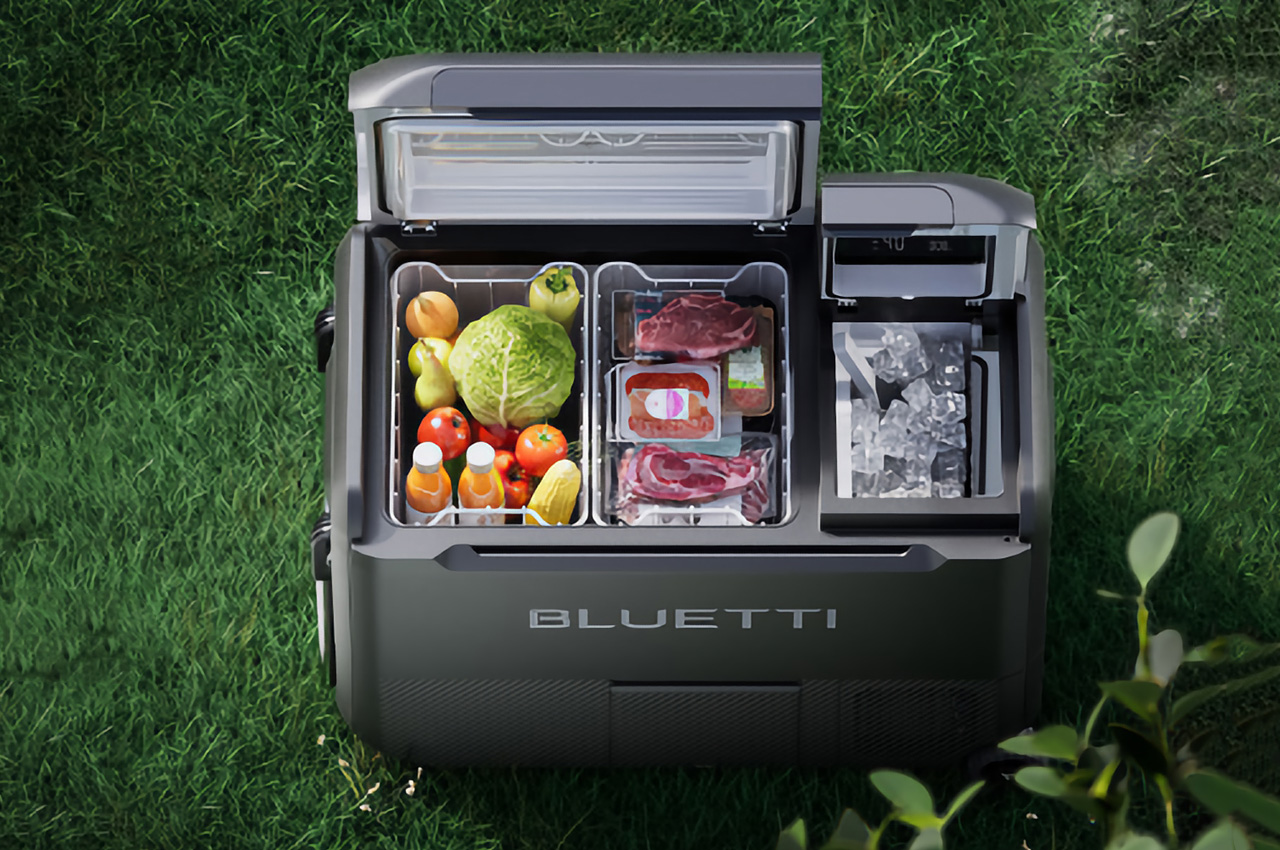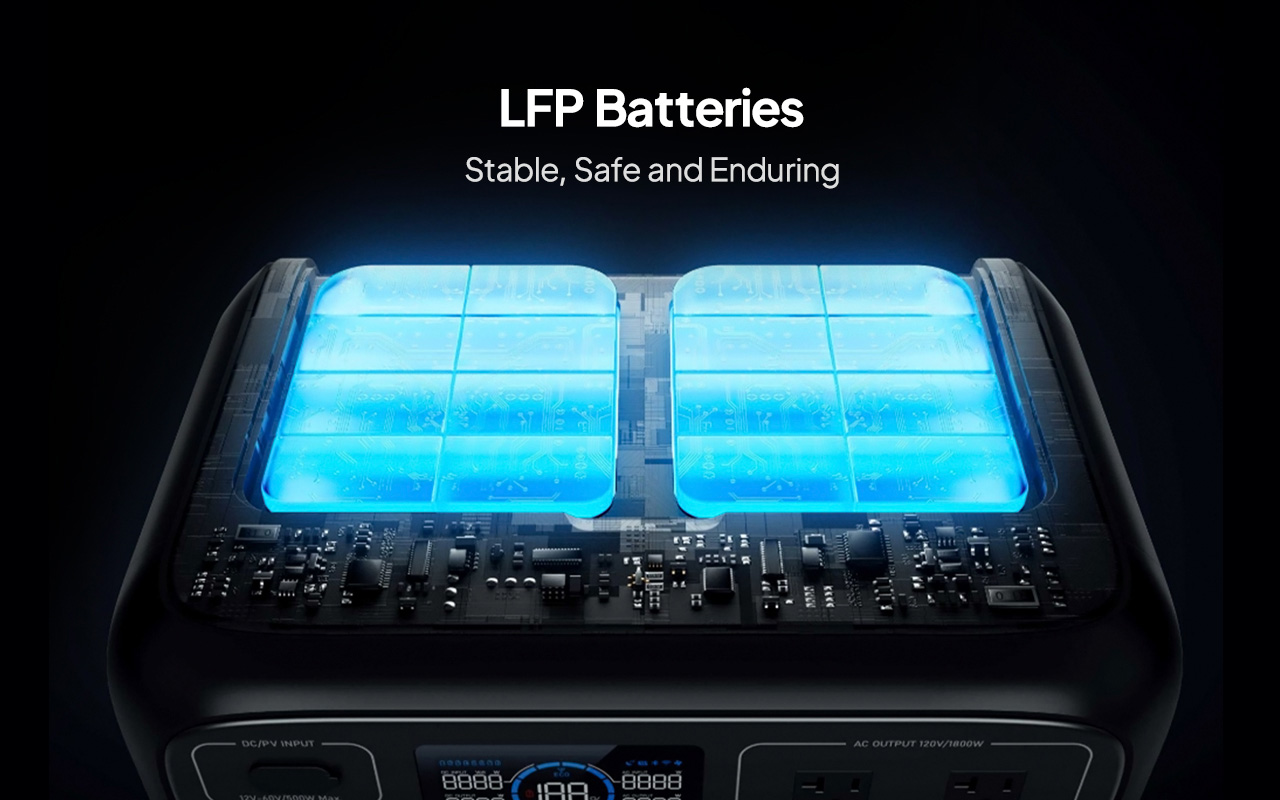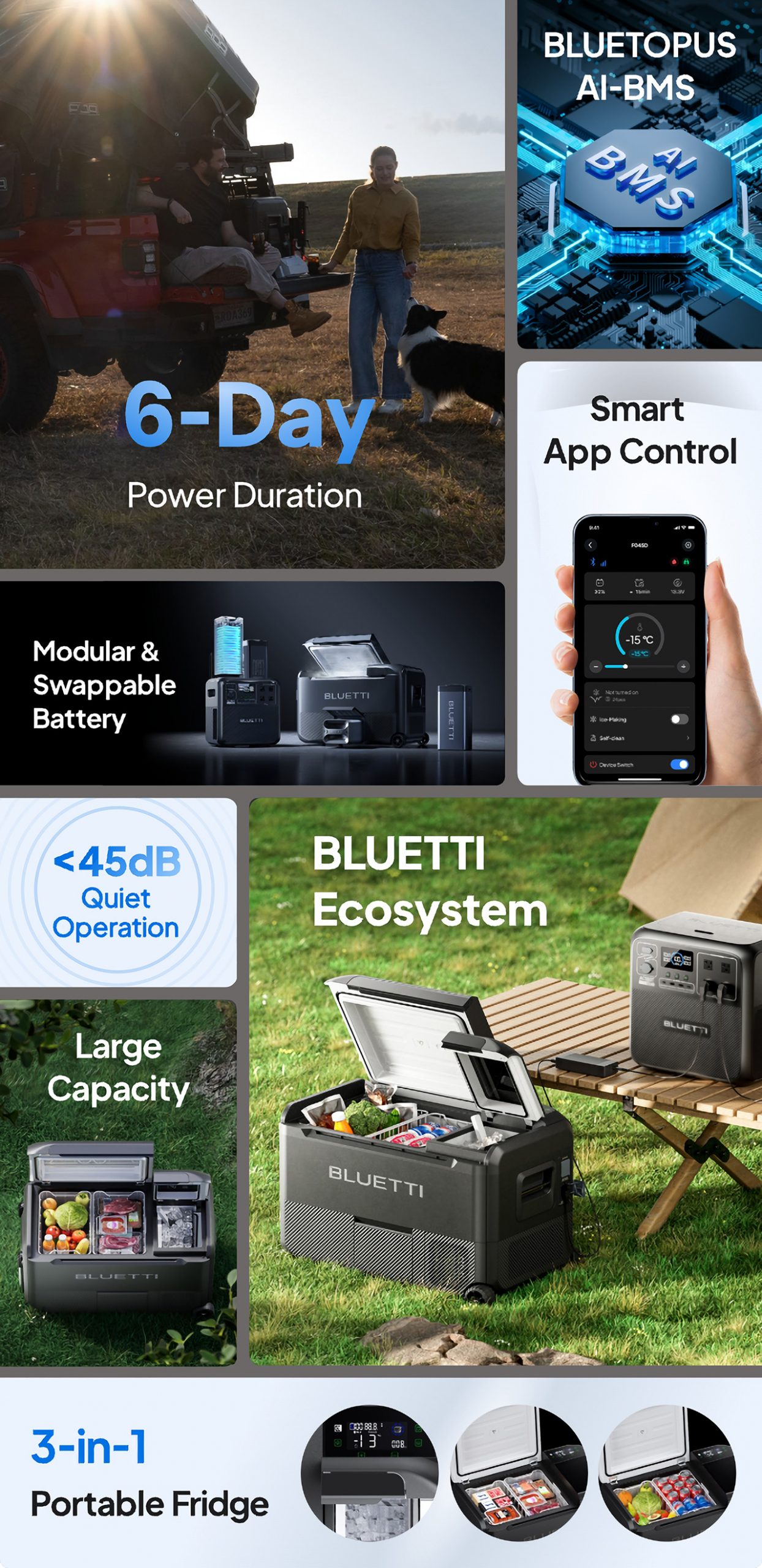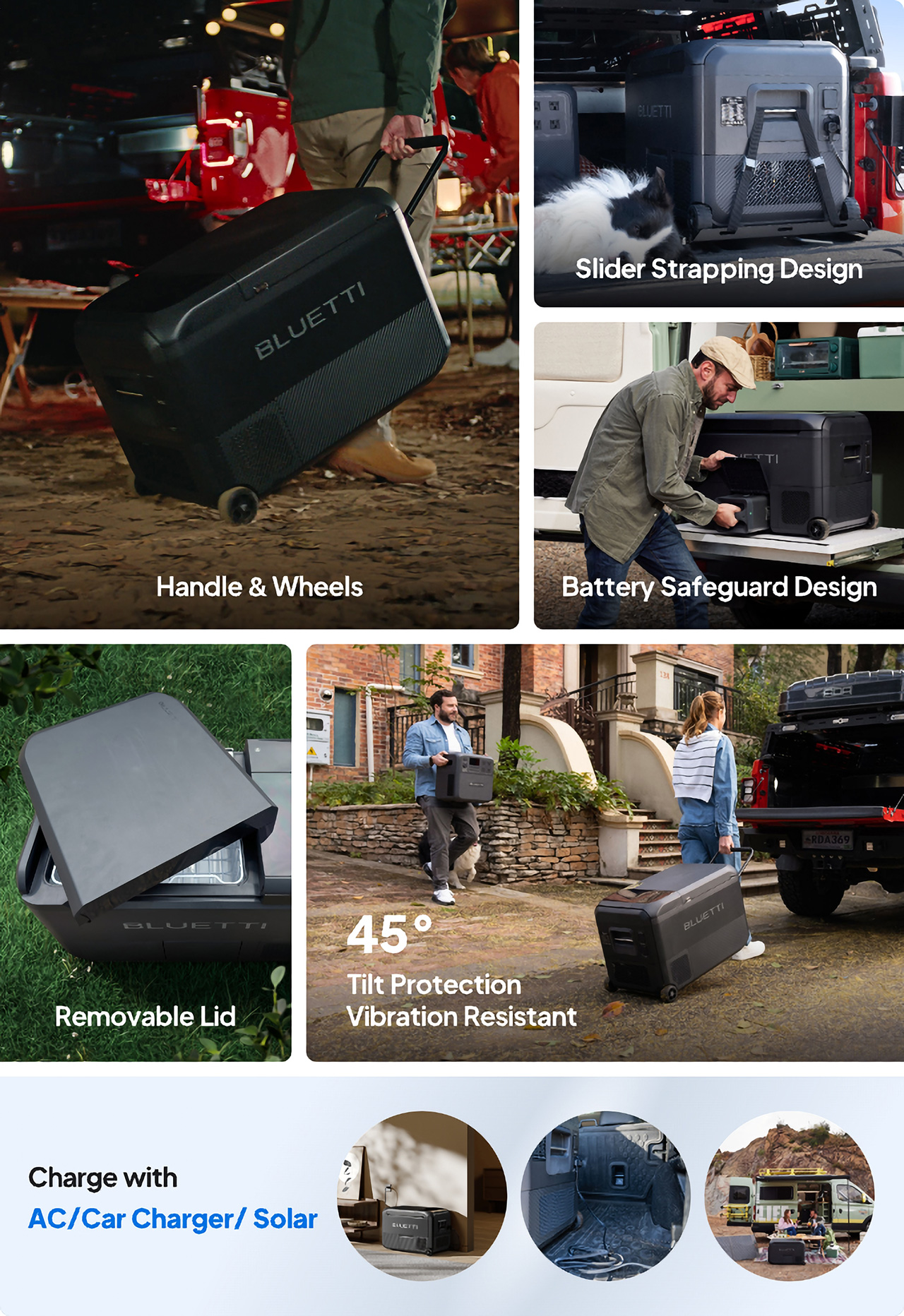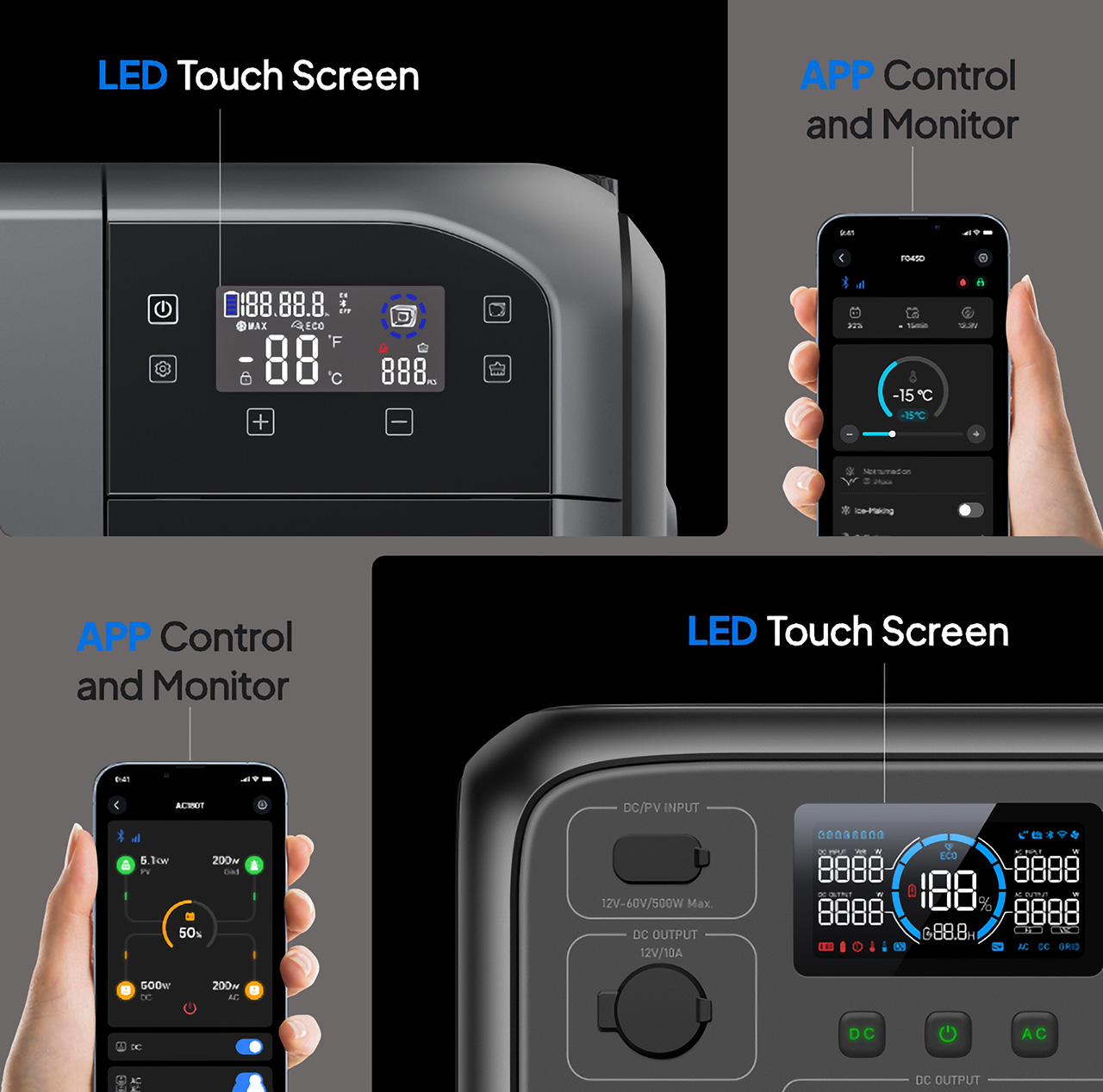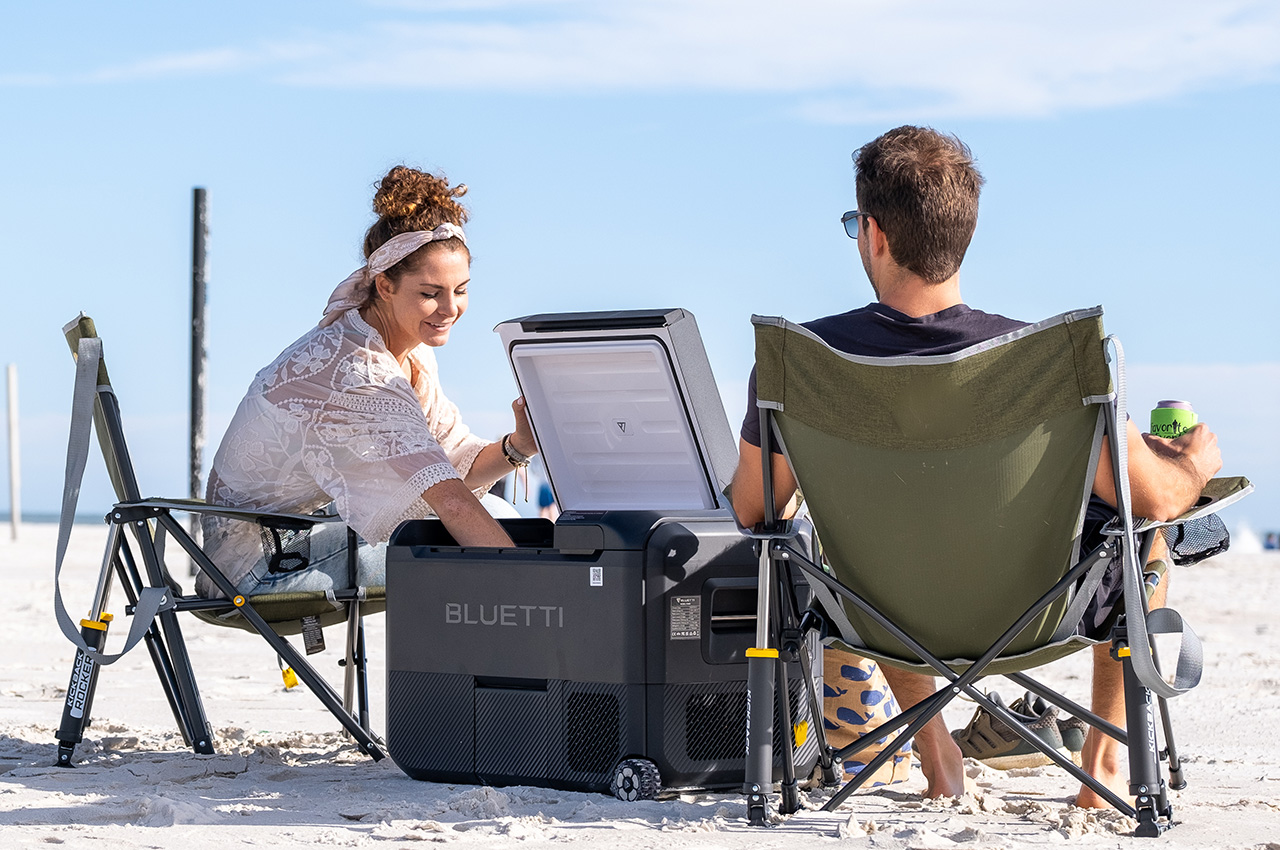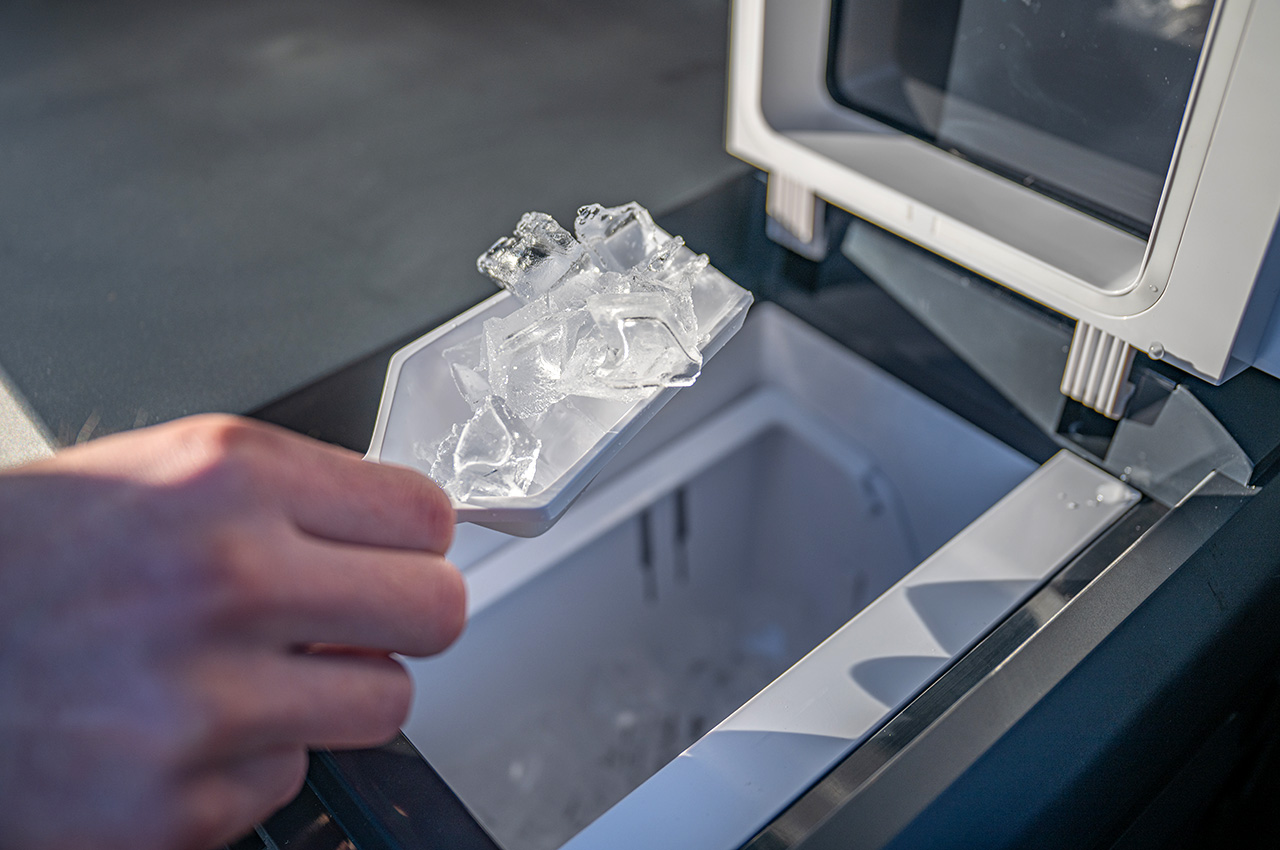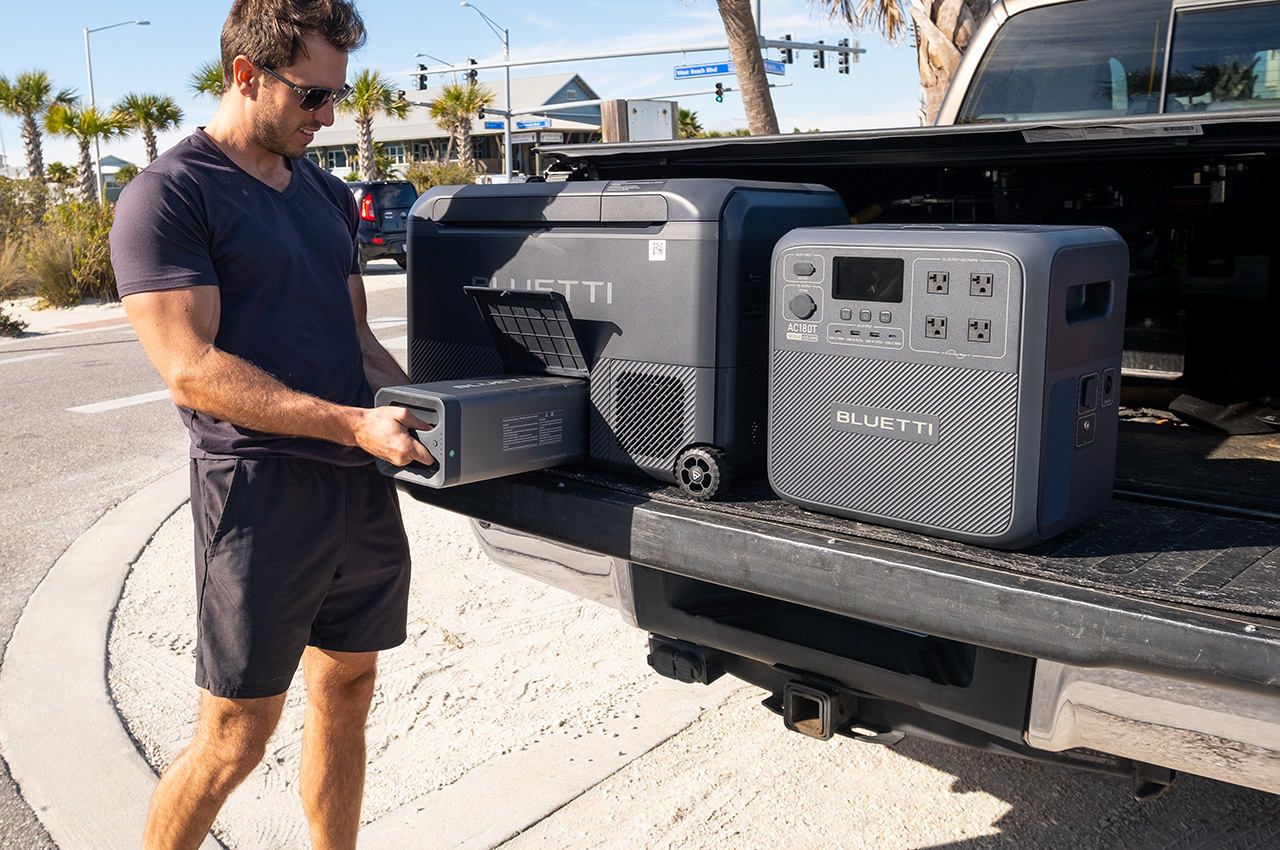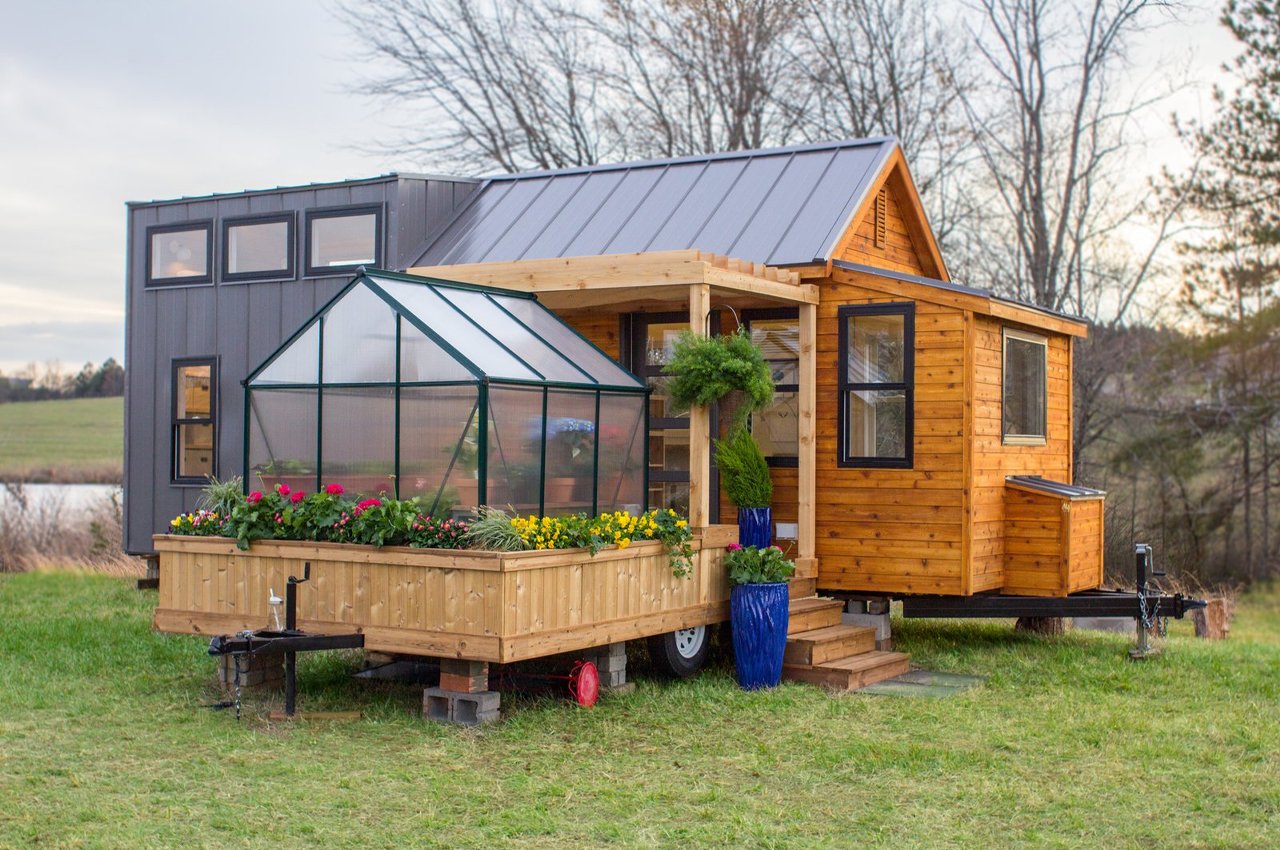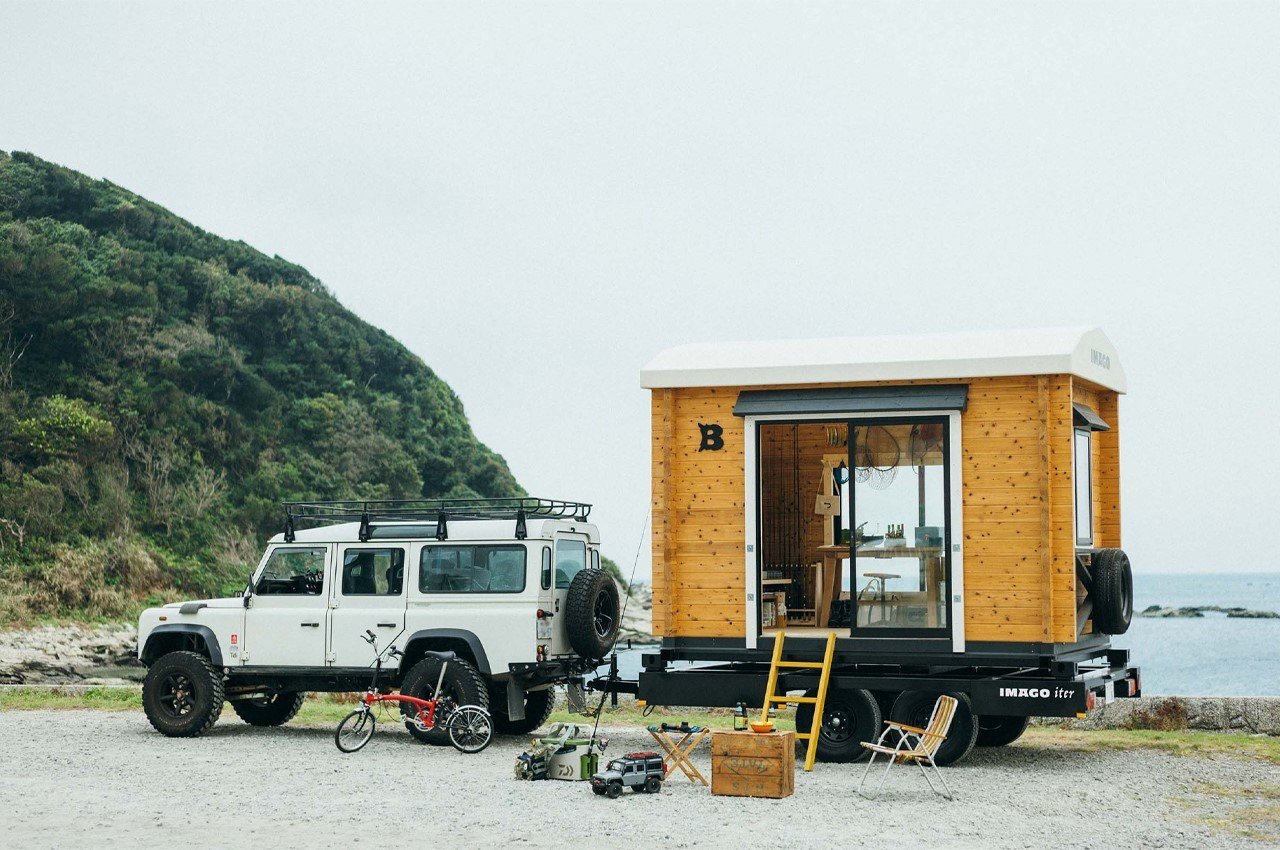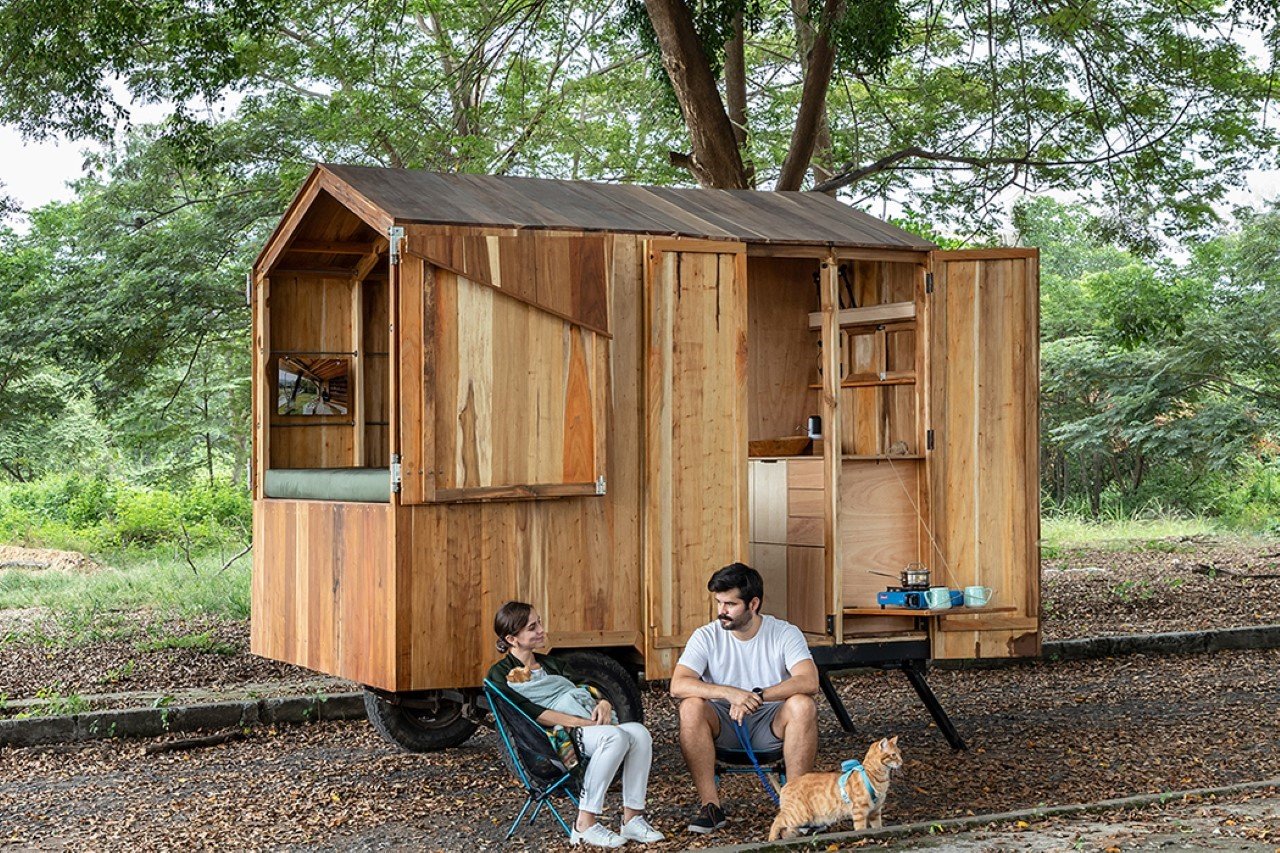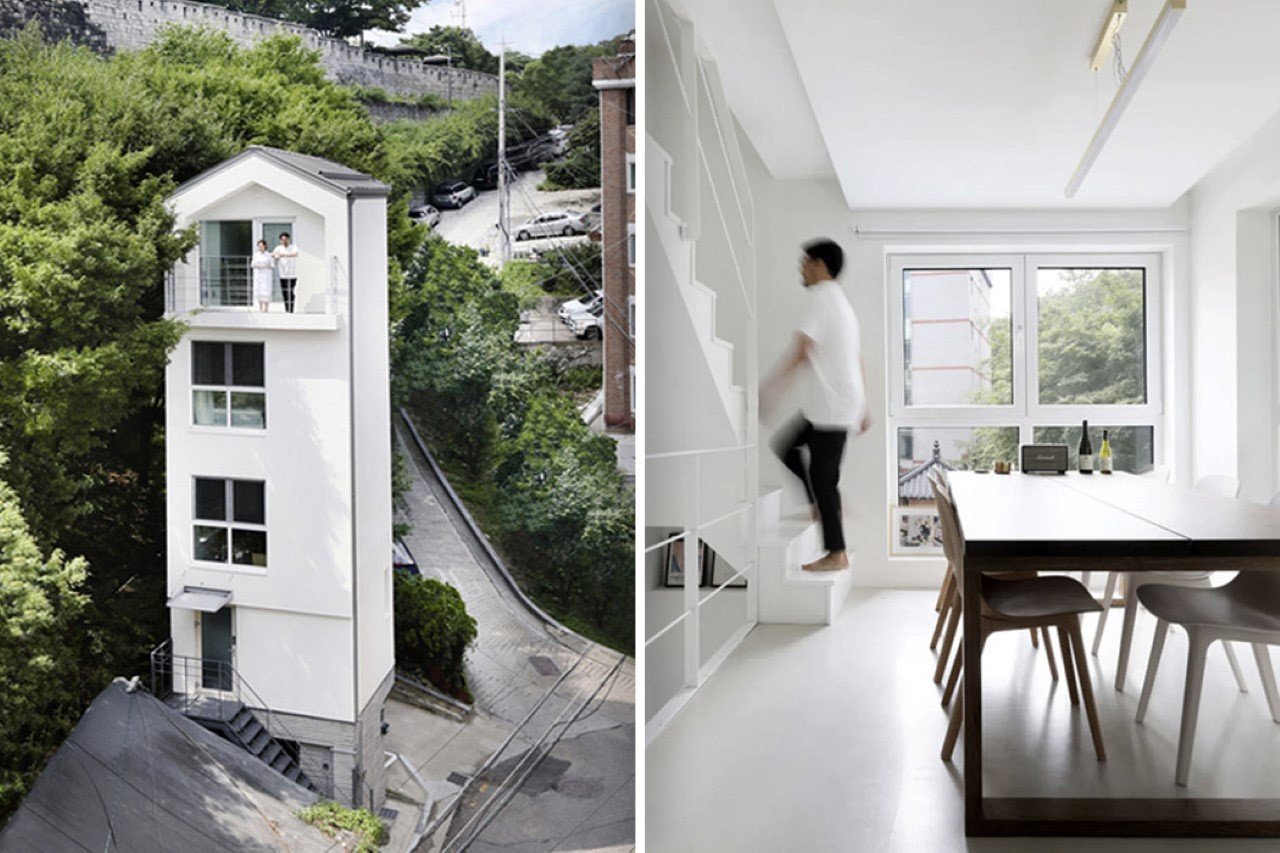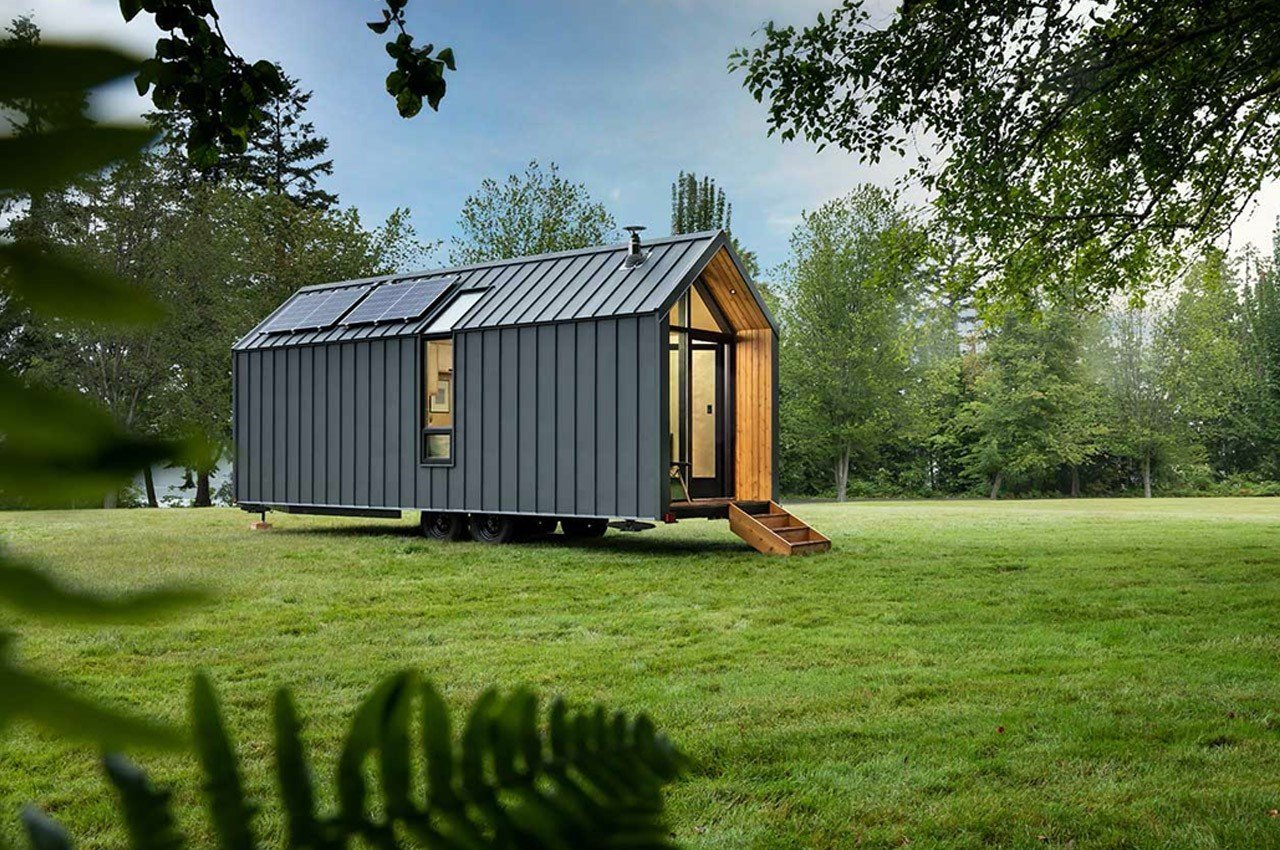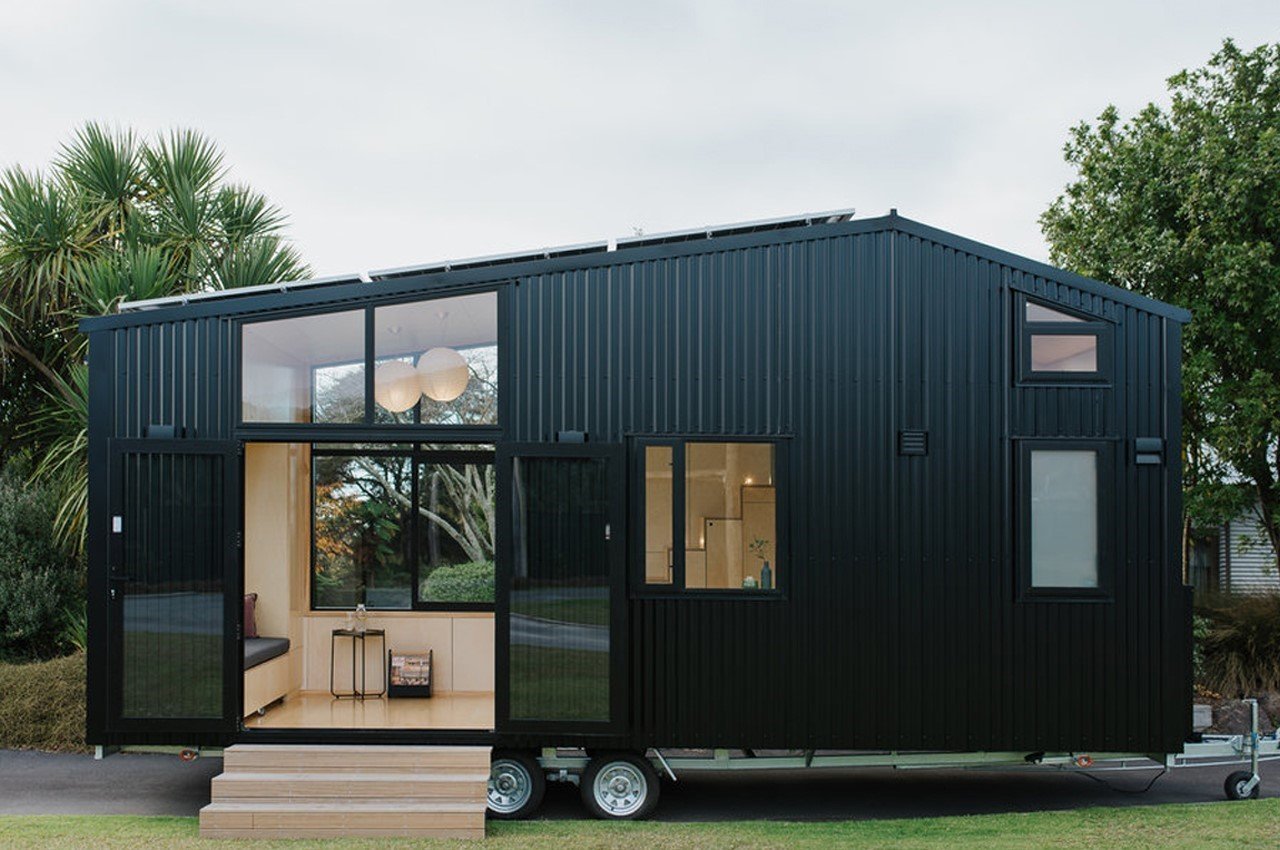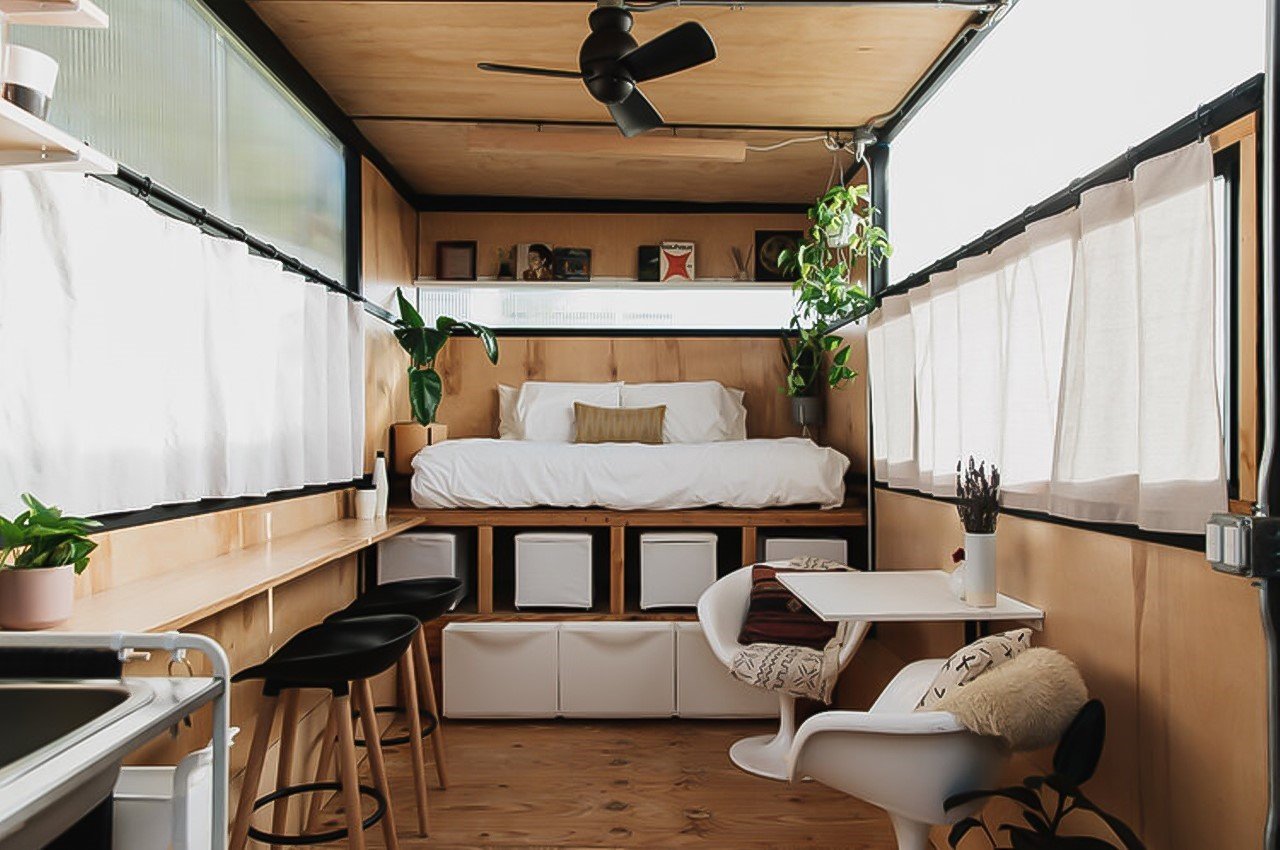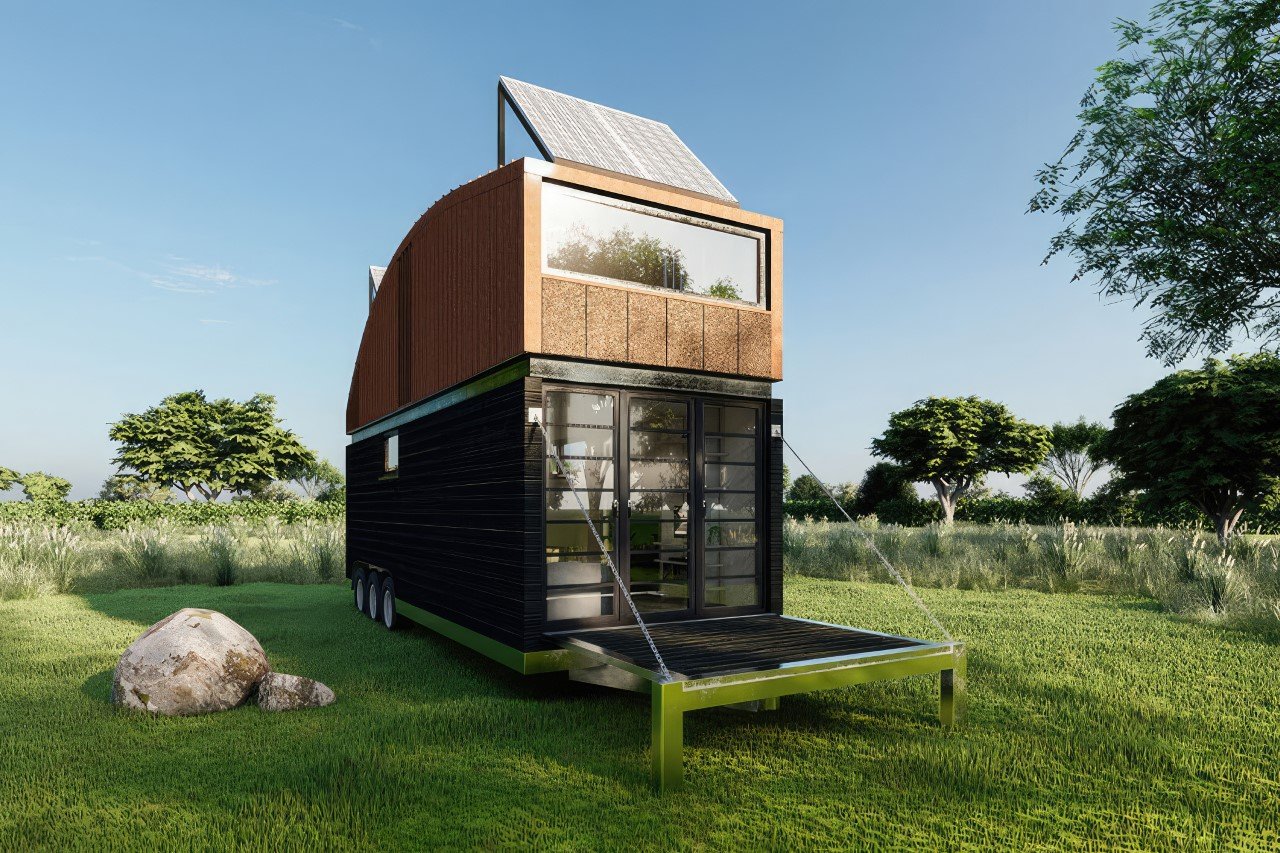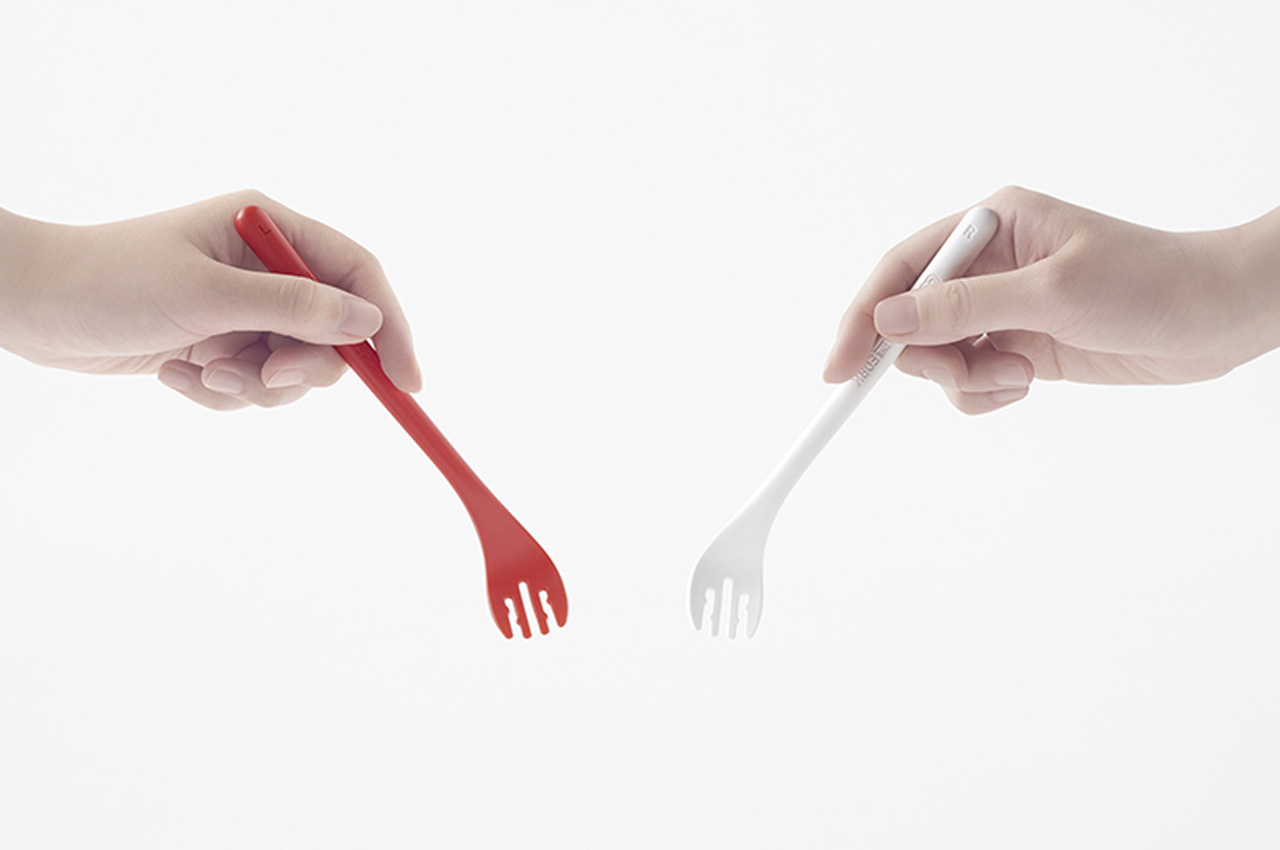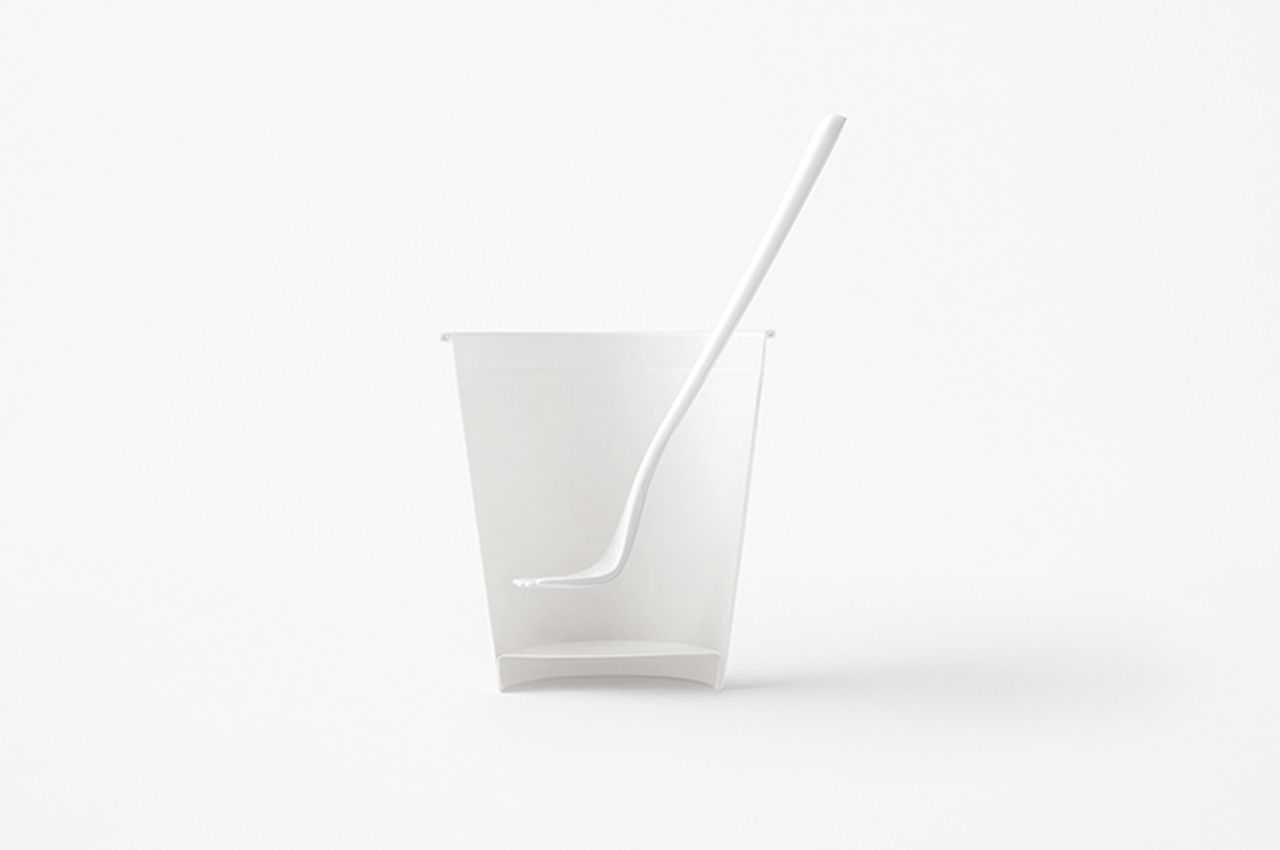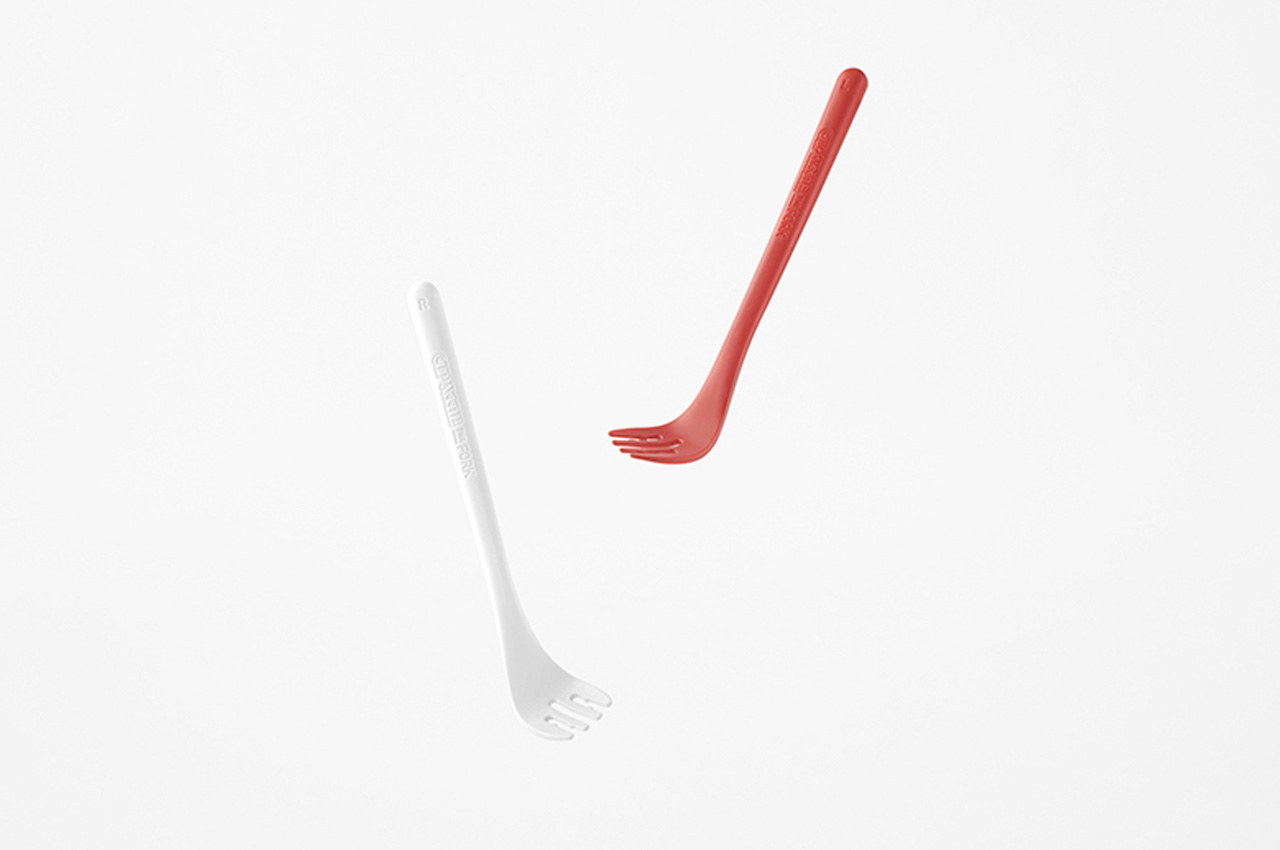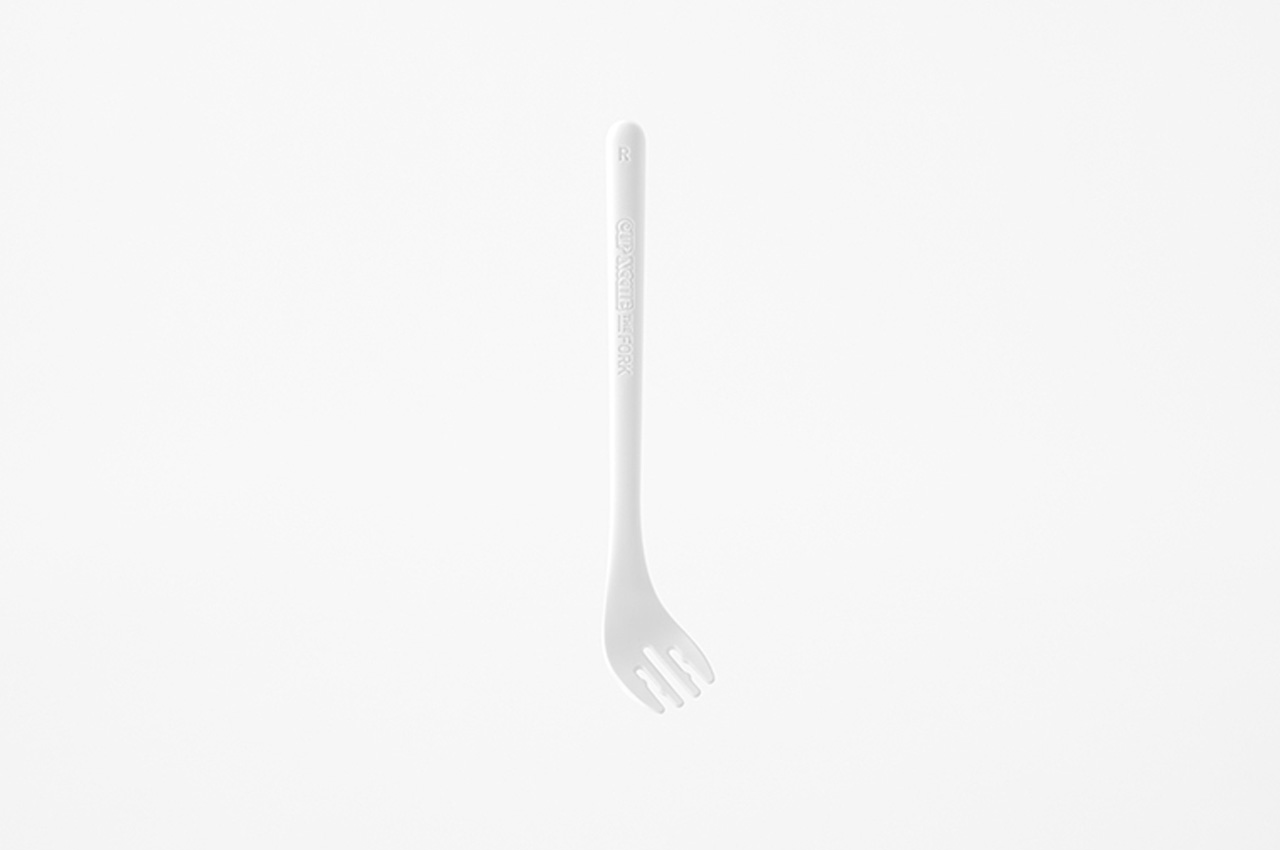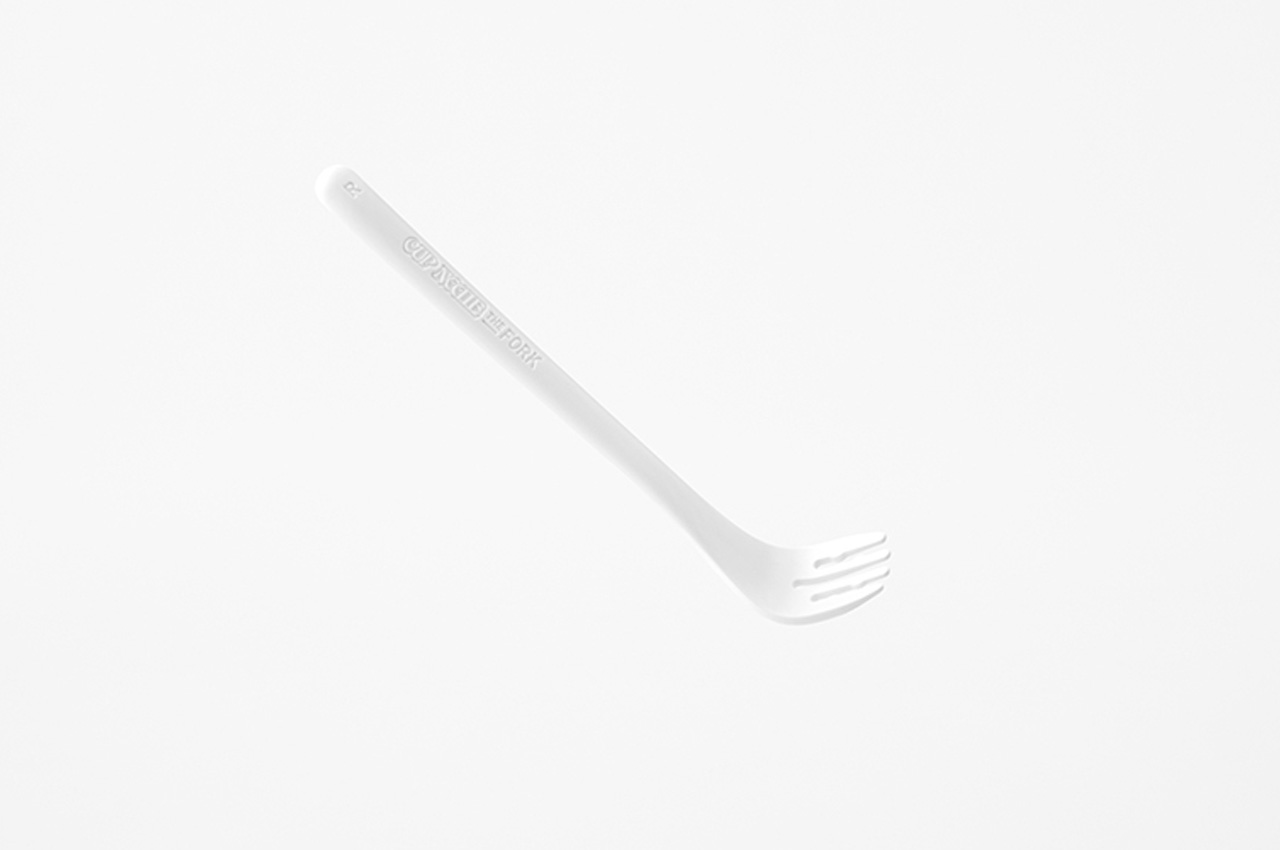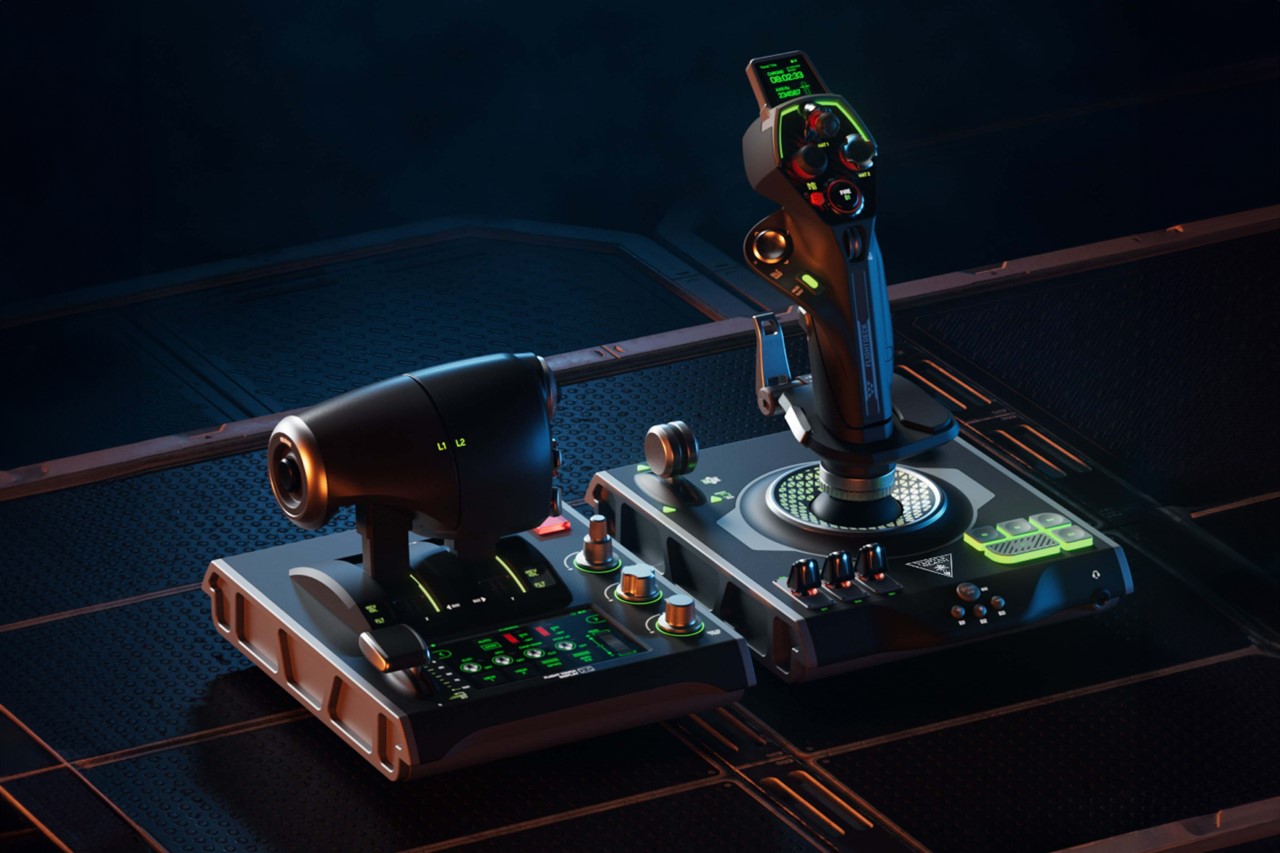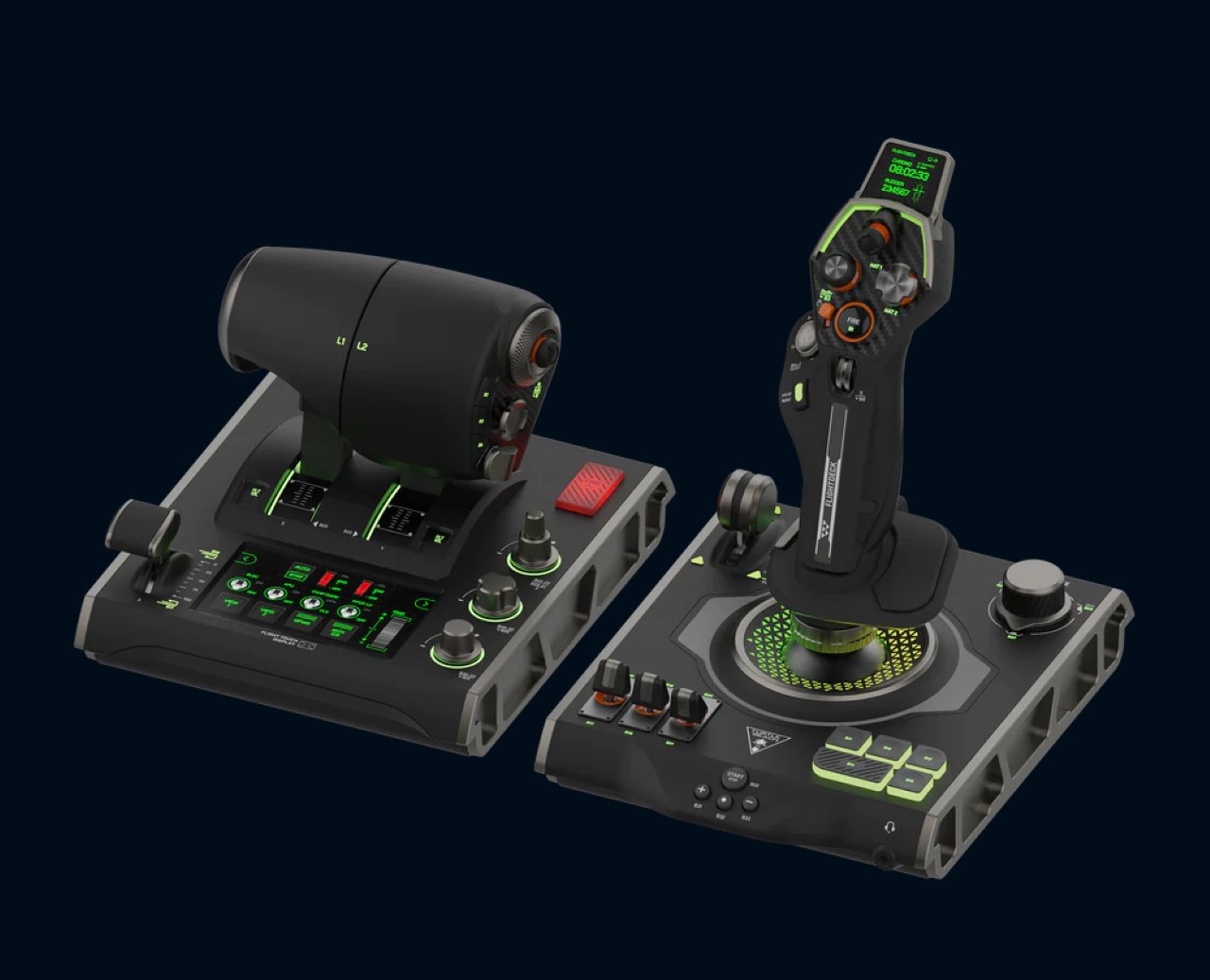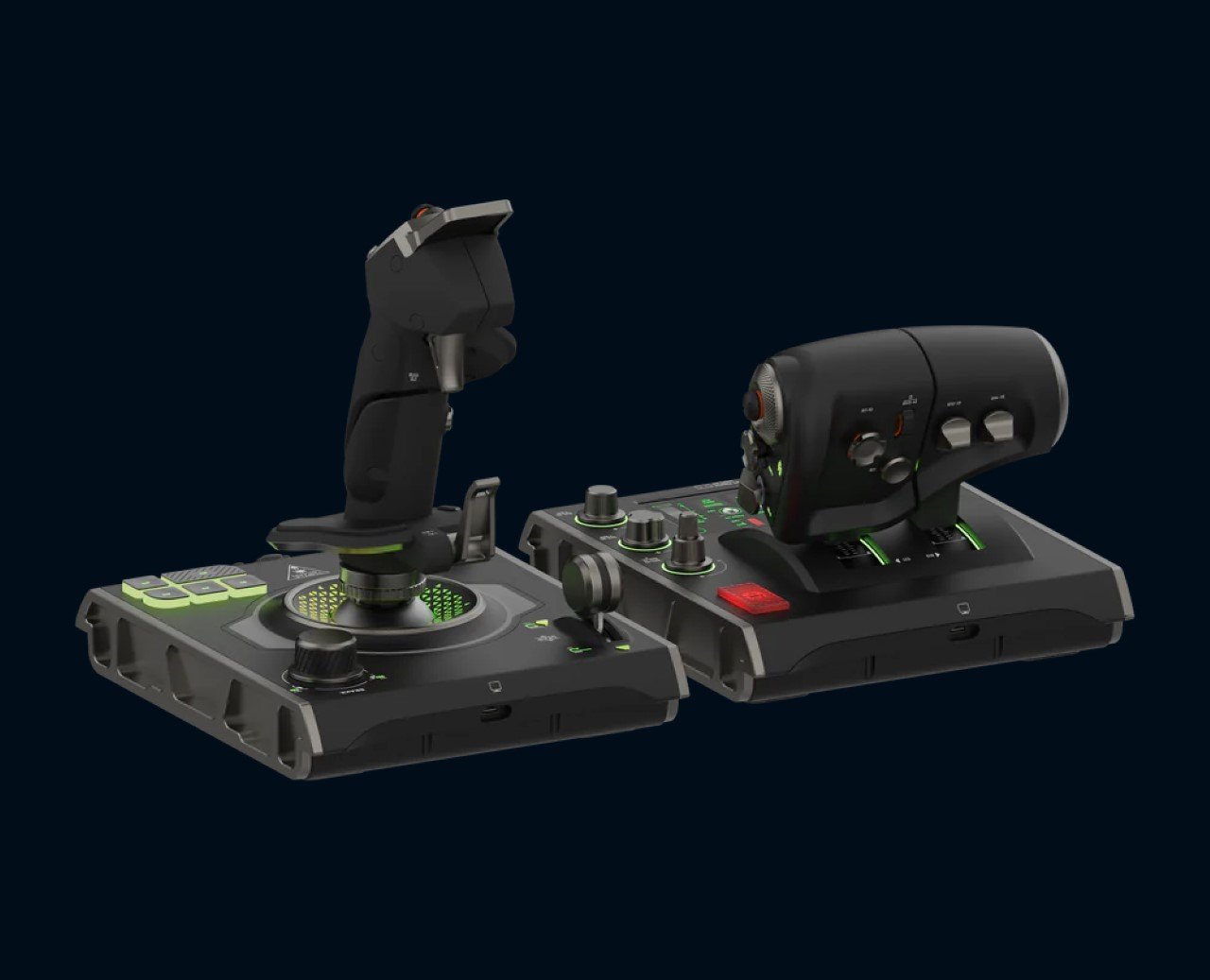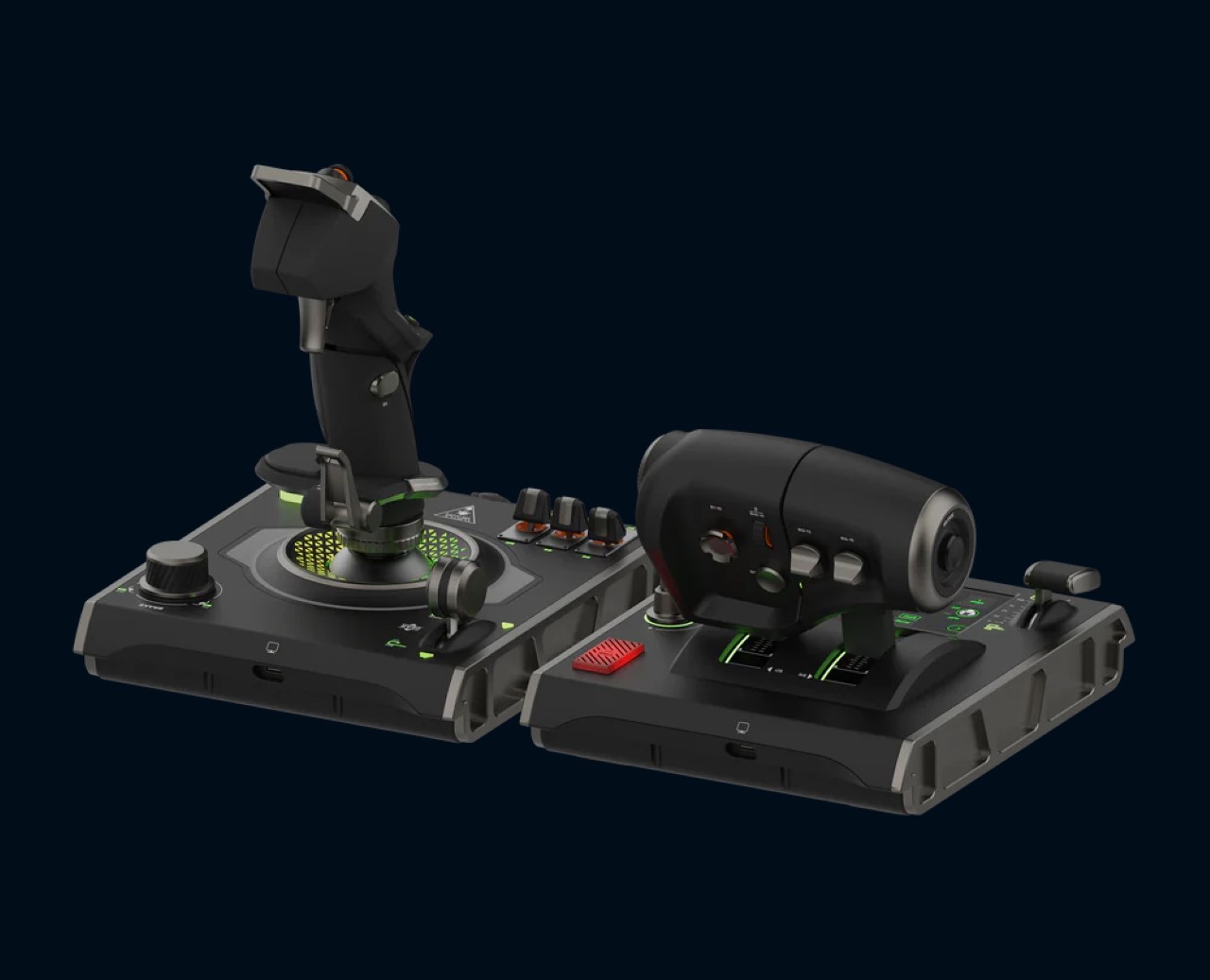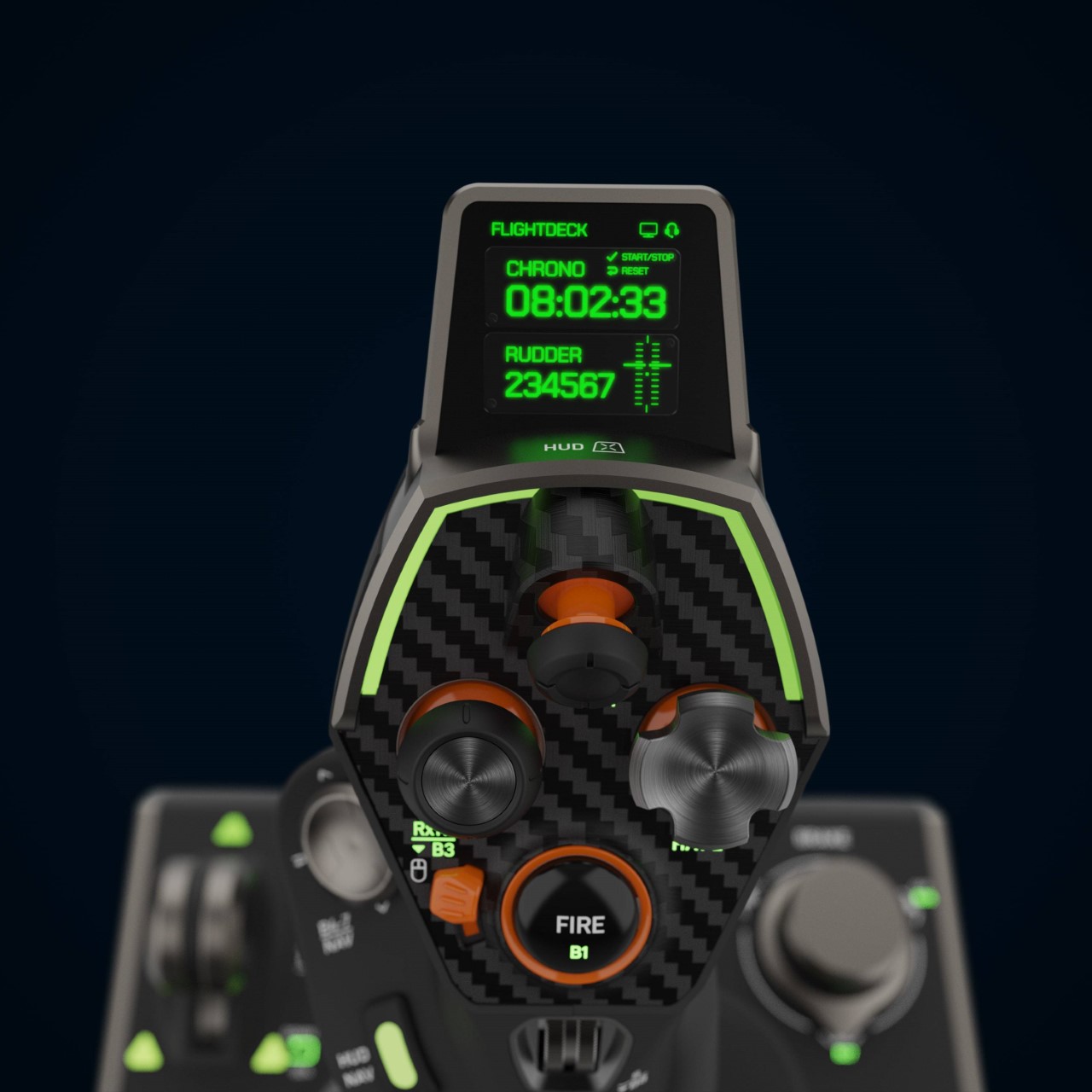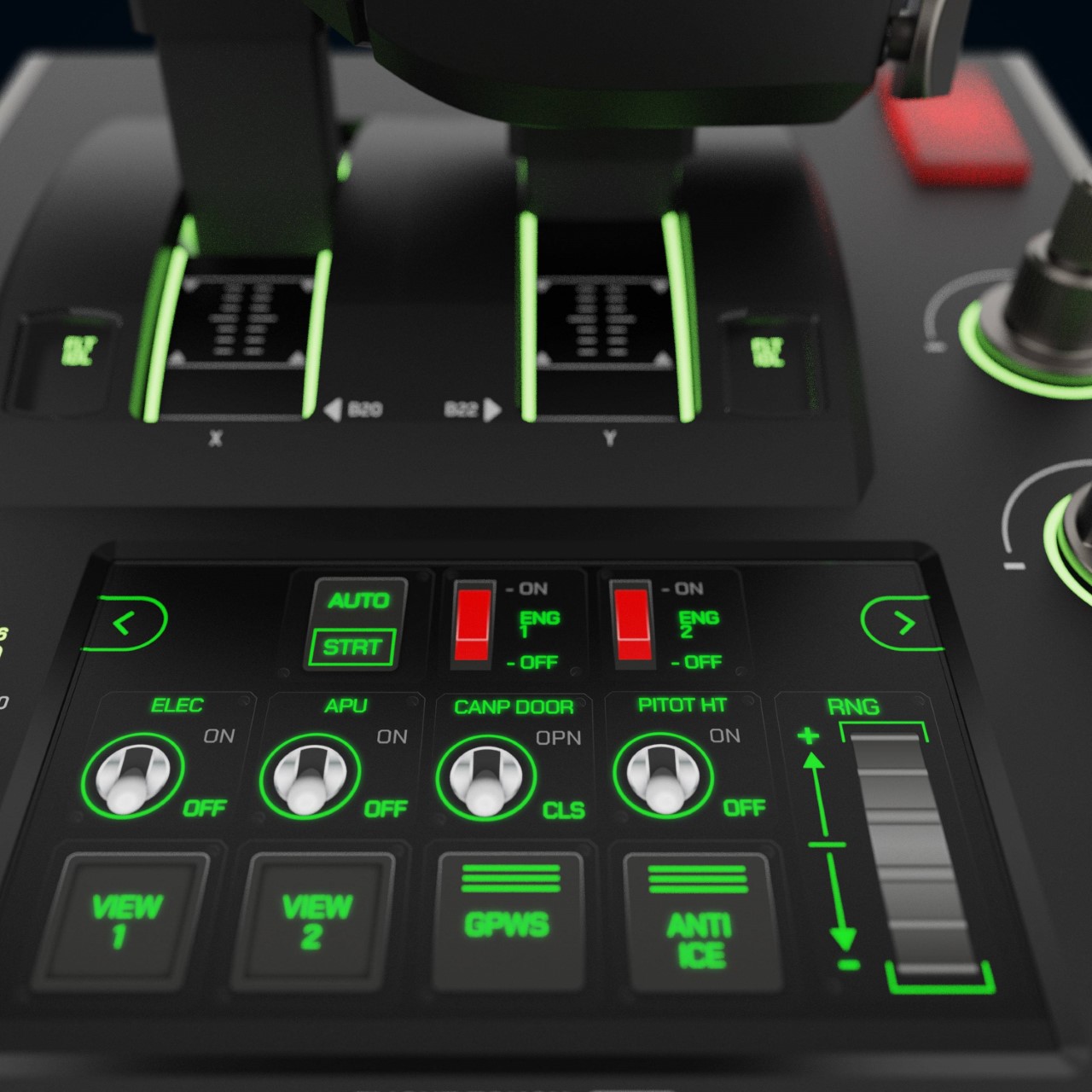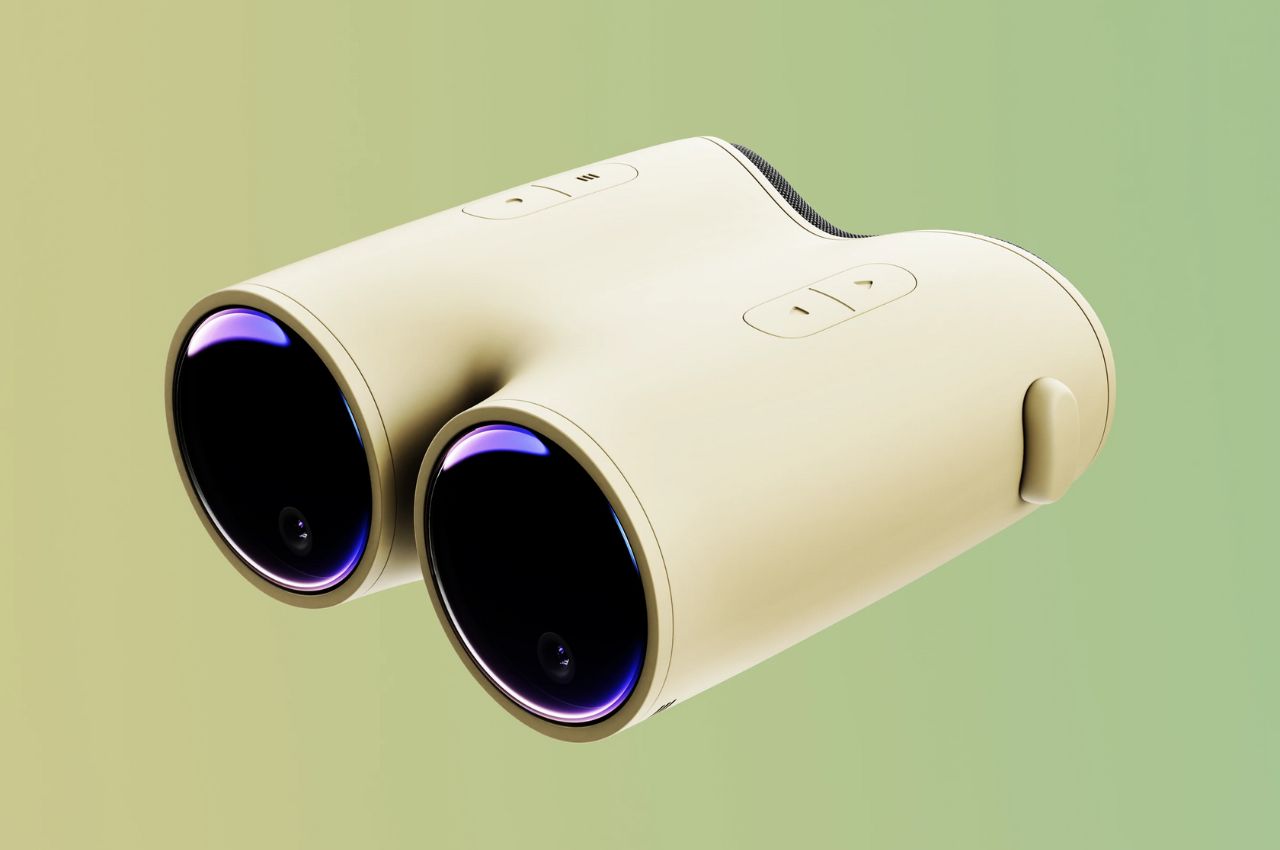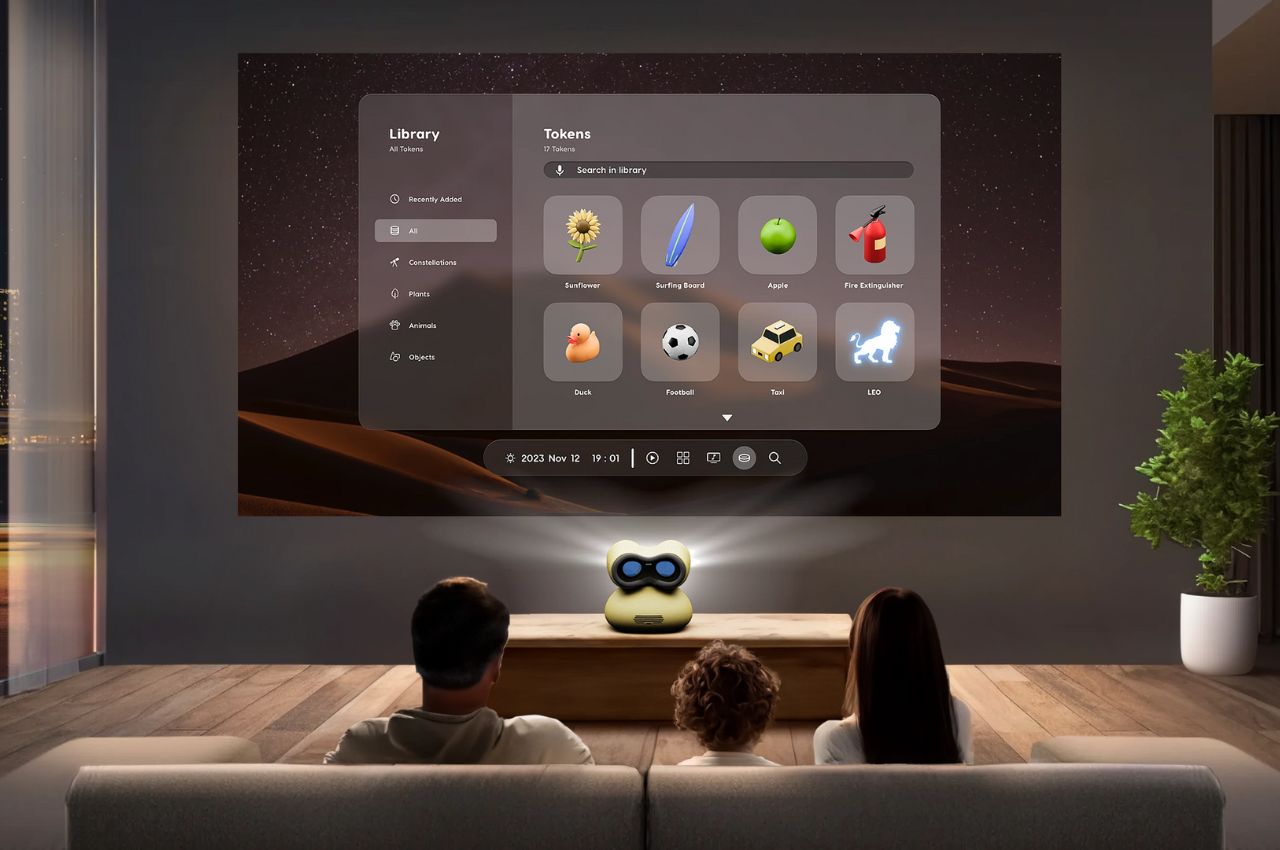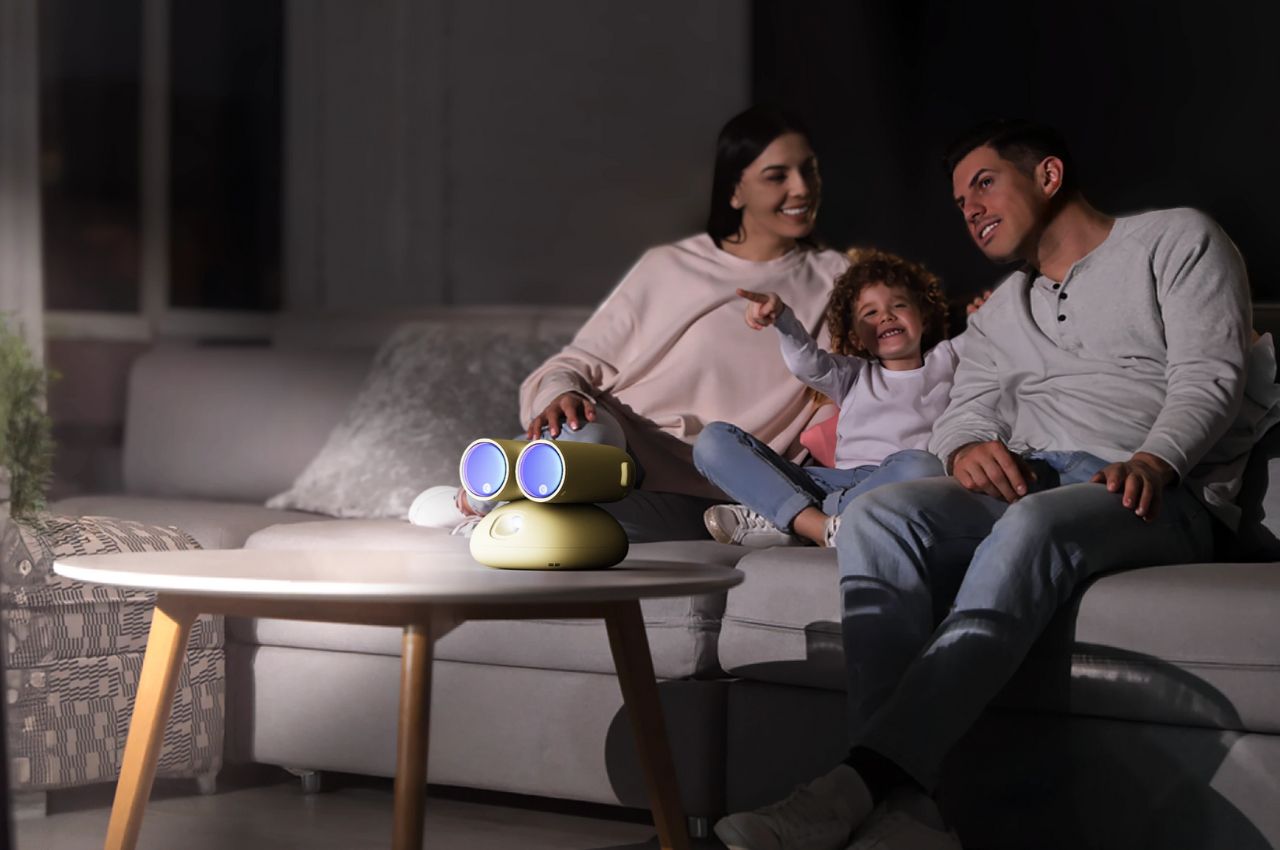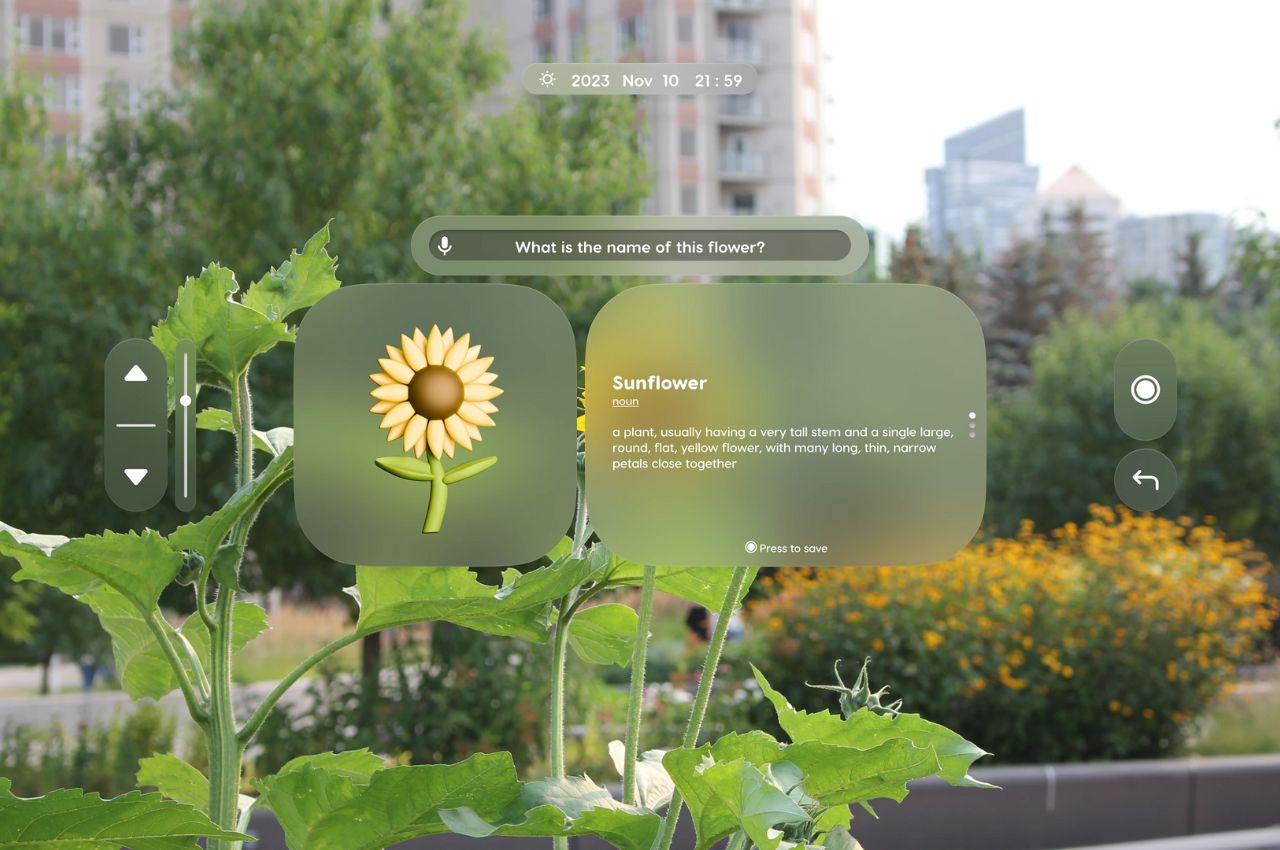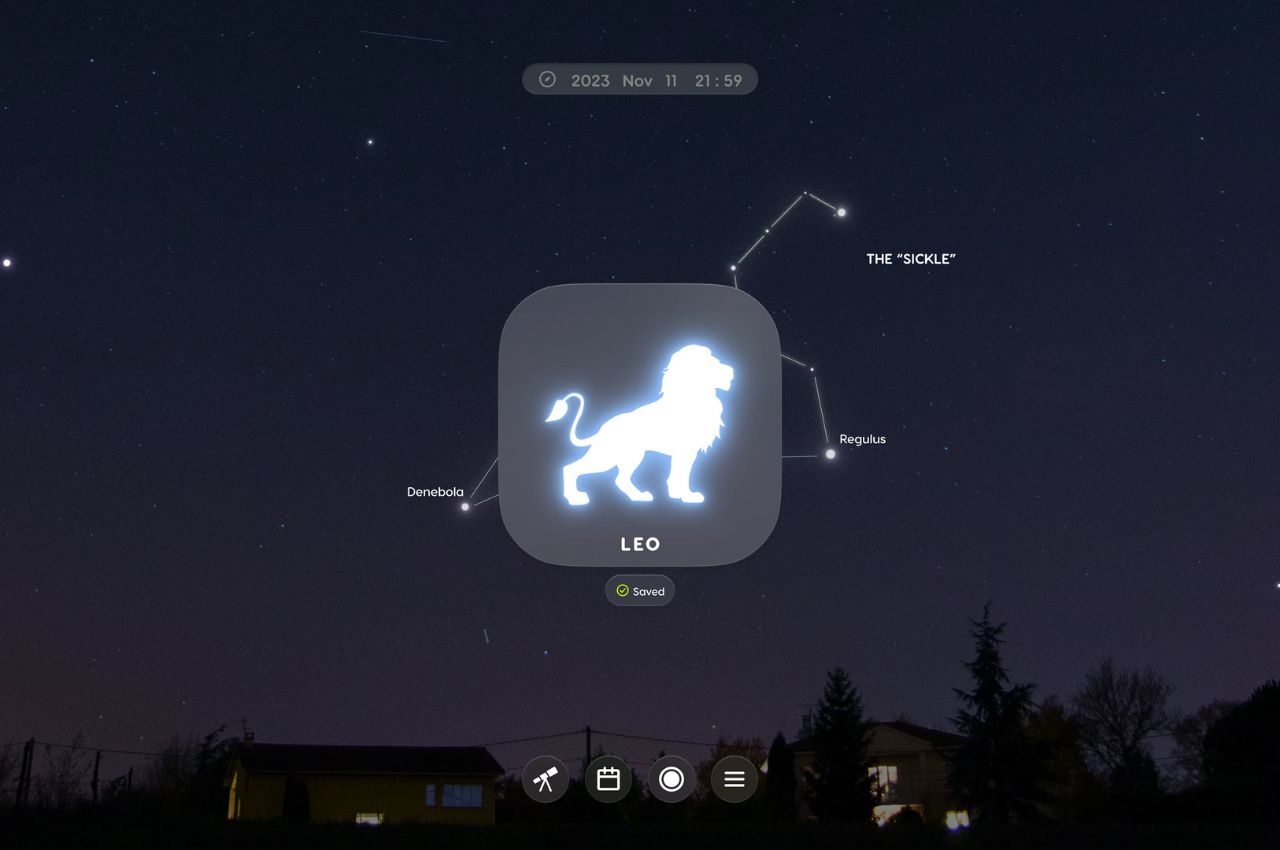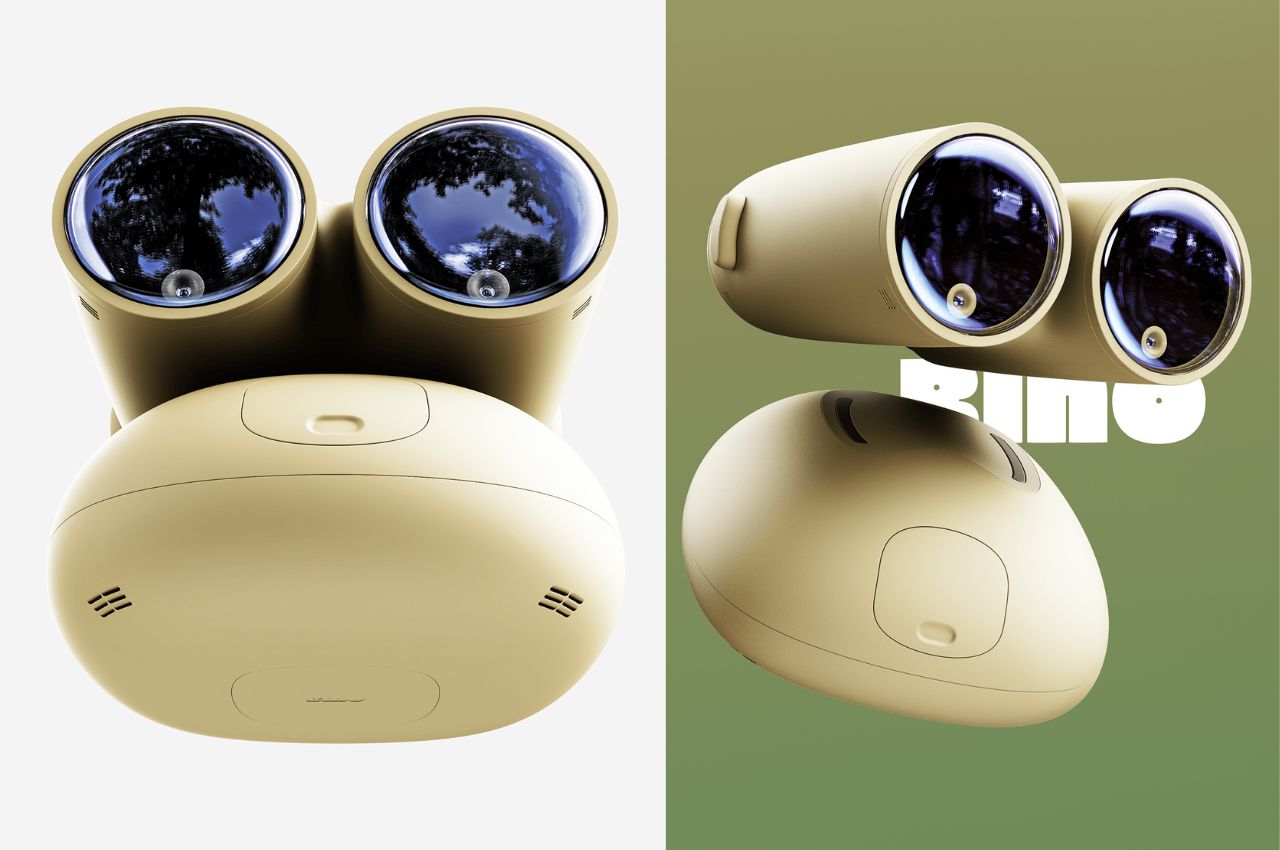It’s always exciting when a top brand like BLUETTI launches a new product, and this time, they’re bringing something unique to the great outdoors with their latest product offering, SwapSolar. Hot on the heels of their AC500’s smashing success on Indiegogo, which brought in an impressive $12 million, they’re not resting on their laurels. The SwapSolar is the world’s first LFP-powered MultiCooler portable refrigerator using an AC180T hot-swappable battery power station. Together, these two products are designed to cater to most outdoor adventures, from powering your devices to ensuring your food and beverages stay chilled, all with ease and efficiency.
Designers: BLUETTI
Click Here to Buy Now: $799 $1328 (40% off). Hurry, only a few left! Raised over $90,000.
LFP, an acronym for Lithium Iron Phosphate, denotes a specific type of lithium-ion battery renowned for its long lifespan, safety, and excellent performance at high temperatures. The energy produced from these batteries is referred to as LFP power. The AC180T outdoor power supply system guarantees you don’t have to sacrifice power, even off-grid. Its innovative hot-swappable battery design allows for uninterrupted usage. BLUETTI’s spokesperson, James Ray, confidently asserts, “We want users to savor the joy of outdoor life. SwapSolar is your ticket to 3-6 days of happy camping trip. Power up and keep your food fresh at once, it’s time to go wild with BLUETTI!”
This user-friendly design offers an easy-to-swap-out battery system that features two B70 batteries with a significant 1,433.6Wh capacity utilizing the secure LFP battery technology. These batteries are built to last, offering over 3,000 life cycles and 5,000+ swap times, enhancing their longevity and reliability. For added convenience, BLUETTI makes these batteries available for separate purchase, allowing users to tailor their power solutions with extra packs to accommodate their unique requirements. This capability is beneficial for prolonged outings or unexpected emergencies, where swapping batteries can instantly restore full power, ensuring you remain powered up in any situation.
To recharge quickly, connect the device to a wall outlet that has two charging rates. If you’re charging a single B70 battery, it will achieve an 80% charge in just 1 hour and a full charge in 1.5 hours at 850W. Alternatively, if you’re charging two B70 batteries, they will reach an 80% charge in just 45 minutes and a full charge in 70 minutes at 1,440W.
There are four different ways to power this device, depending on your situation. You can use a standard wall outlet or a vehicle power source, either at home or while traveling, even while making ice. If you’re looking for continuous operation, consider the solar panel setup. And, of course, you can always use the batteries when there are no outlets available.
The MultiCooler stands out from the crowd; it’s not just your average fridge. Think of it as the “cooler” choice among the competitors, featuring a versatile 3-in-1 design that includes cooling, freezing, and even ice-making features. As for temperature settings, the temperature ranges from a frosty -4°F to a warm 68°F (-20°C to +20°C), ensuring everything from ice cream to fresh produce stays at the perfect temperature. Its high-efficiency yet powerful compressor can quickly bring the temperature down from 86°F to 32°F (30°C to 0°C) within a mere 15 minutes, making it incredibly effective for rapid cooling. The integrated ice maker can also churn out clear, crisp ice cubes in just a few minutes, making it a go-to feature for chilling your favorite beverages and crafting the perfect cocktails.
With a capacity of 42 qt (40L), it can hold about 60 cans of soda, according to BLUETTI, making it perfect for any gathering or solo adventure. However, let’s have fun and do more real-world math since not everyone drinks only soda. When considering how to fit a mix of beer bottles, bottles of water, and soda cans into a 42-quart refrigerator, it’s essential to consider these items’ varying sizes and shapes. We can infer some approximations for the other things based on the capacity to hold 60 soda cans. Soda cans are about 12 ounces and have a fairly standard size, which allows for a certain level of efficiency in packing. Beer bottles, although also often holding 12 ounces, might pack less efficiently due to their different shape. For simplicity, we might estimate that you could fit around 55 beer bottles in the same space, assuming a slight decrease in packing efficiency. On the other hand, bottles of water commonly found in 16.9-ounce (500 ml) sizes are usually taller and narrower than soda cans and beer bottles. This difference in shape could mean that around 45 bottles of water might fit into the refrigerator.
Given these considerations, here are a couple of combinations for chilling these items in the MultiCooler. One possible arrangement is 30 soda cans, 20 beer bottles, and 15 water bottles. This mix balances the different shapes and sizes to optimize the available space. Another combination is ten soda cans, 25 beer bottles, and 20 bottles of water, allowing for more liquid in water and beer at the expense of soda can quantity. You might be wondering, “Where does the ice go?” The simple answer is that it’s a portable refrigerator, so no ice is needed to keep your drinks chilled.
Weighing in at just 52.9 lbs (25kg), the MultiCooler features ergonomic side grooves for simple lifting. When it’s packed to the brim, roll it along using its convenient wheels and telescopic handle, making transportation a breeze. It’s also built to handle the bumps and dips of uneven terrain with its 45° tilt protection. An optional sliding mount is available for those needing extra stability in their vehicle. It won’t disrupt your peace and quiet, running softly at 30dB for cooling and 45dB during ice production.
The MultiCooler boasts a sleek LCD touchscreen complemented by tactile buttons for straightforward operation. It’s also Bluetooth-enabled, allowing you to oversee and adjust settings like temperature, ECO mode, and Self-Clean mode through the BLUETTI app, all from the palm of your hand.
The SwapSolar system is designed to enhance outdoor experiences by providing a reliable and sustainable power source, ensuring convenience and peace of mind for families in nature. It is easy to use and portable, making it ideal for remote locations and enabling device charging and running essential appliances. Apart from its practical benefits, SwapSolar also serves as an educational tool, promoting the importance of renewable energy and environmental stewardship. With SwapSolar, families can enjoy the tranquility of the outdoors with the assurance of safety, self-sufficiency, and a commitment to eco-friendly practices.
Click Here to Buy Now: $799 $1328 (40% off). Hurry, only a few left! Raised over $90,000.
The post This Game-Changing Swappable Battery Portable Fridge Powers Up Your Adventures first appeared on Yanko Design.
